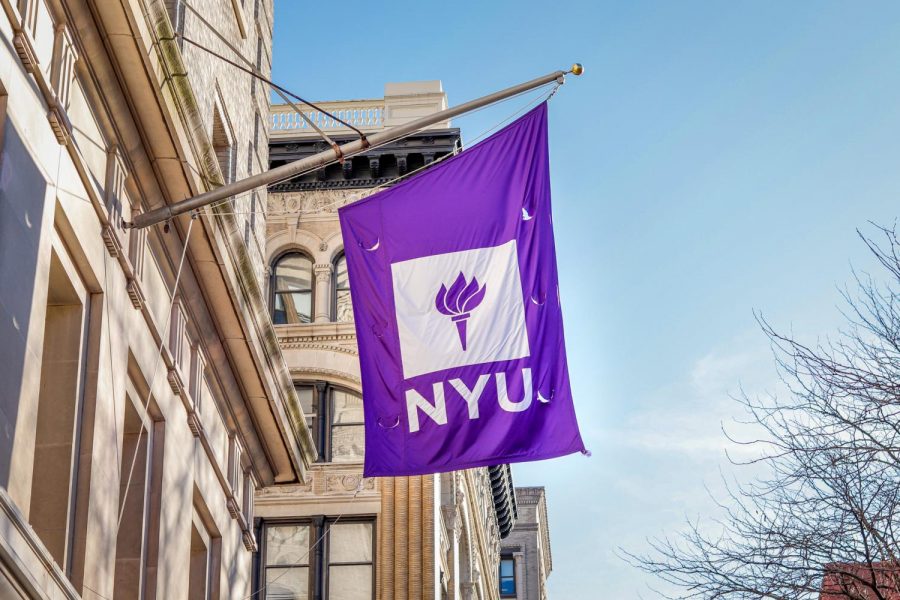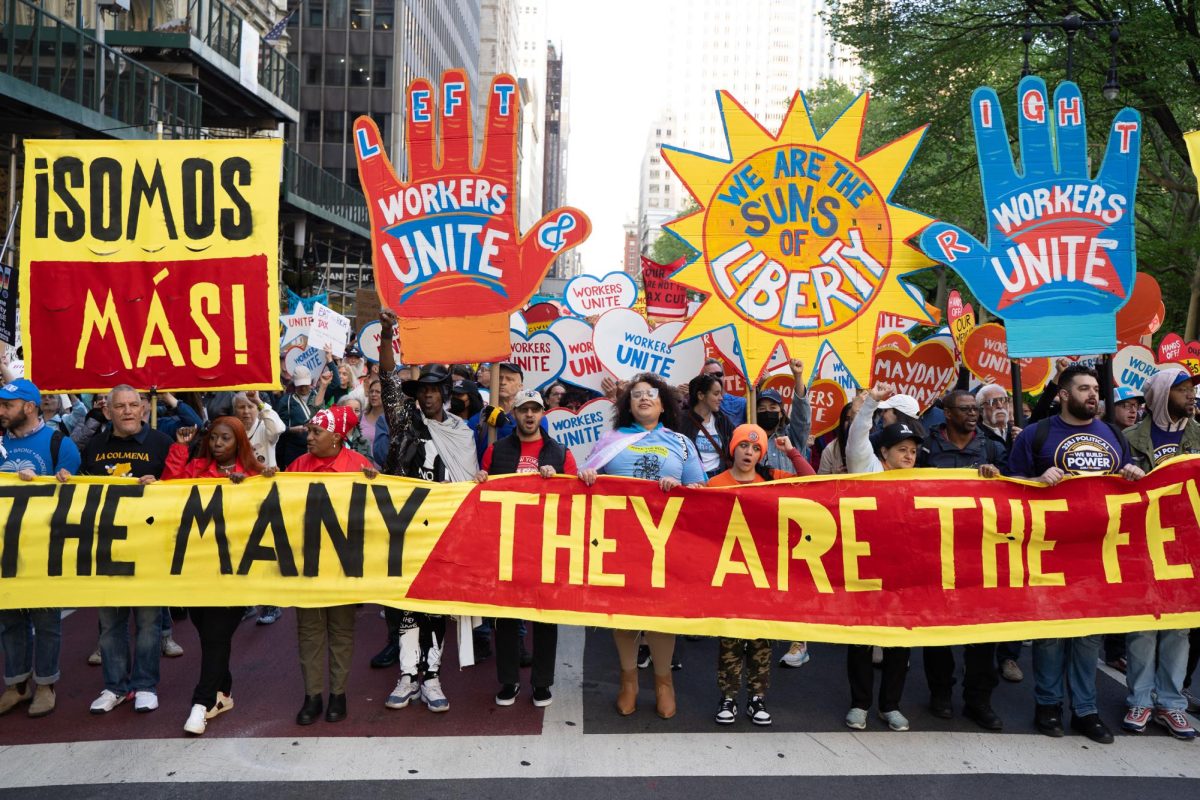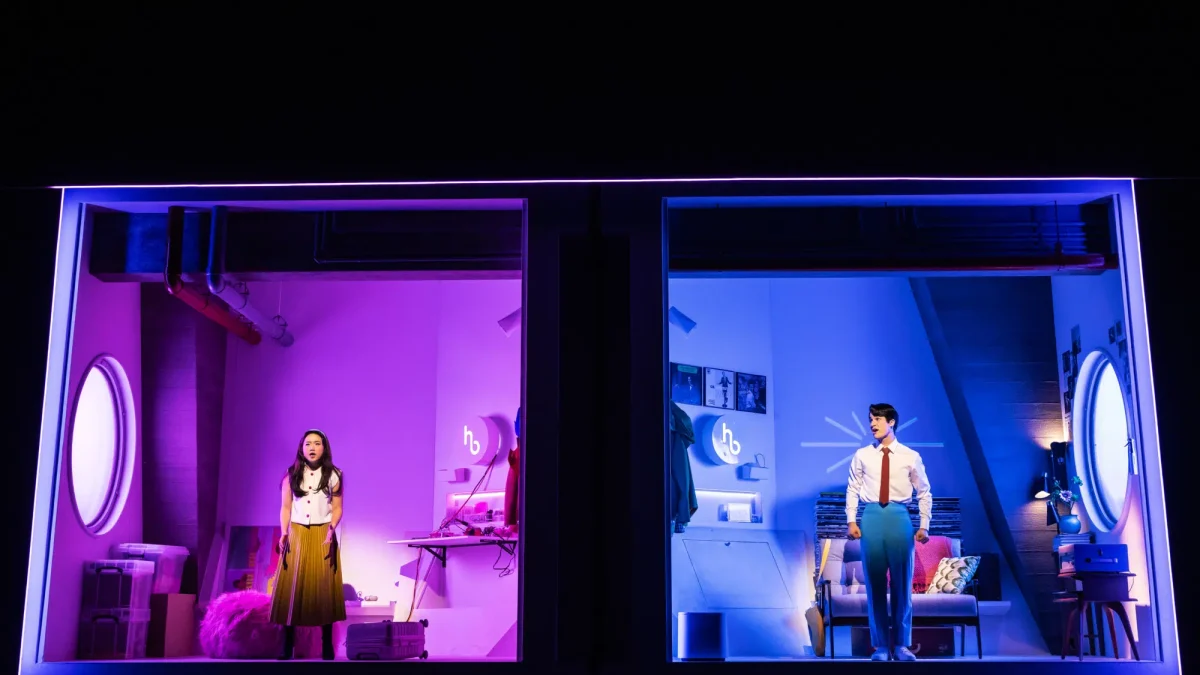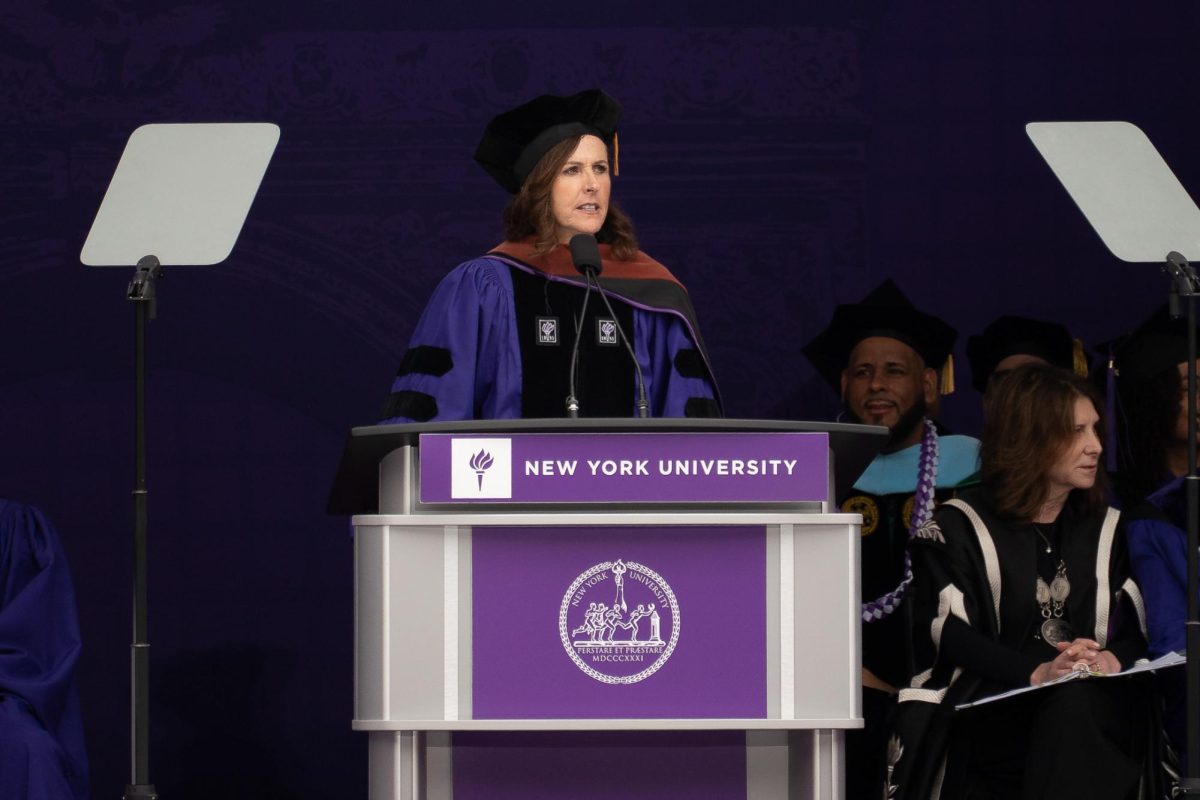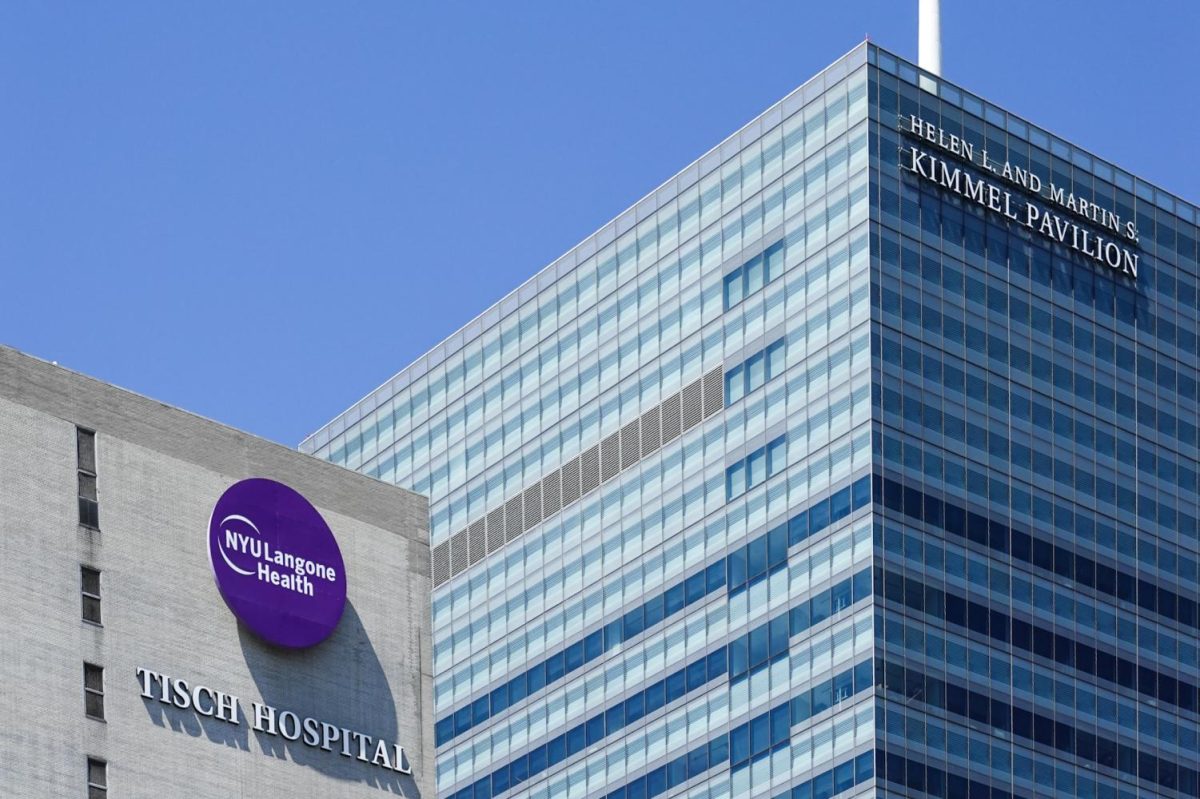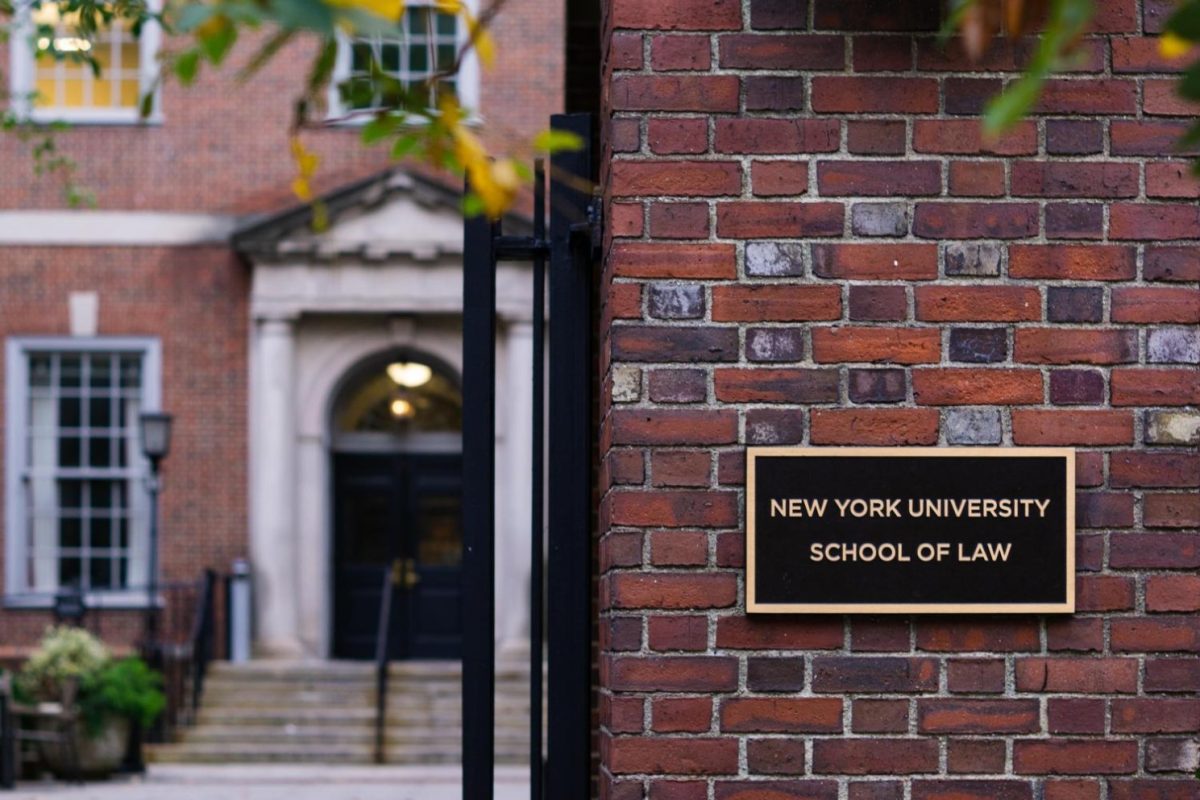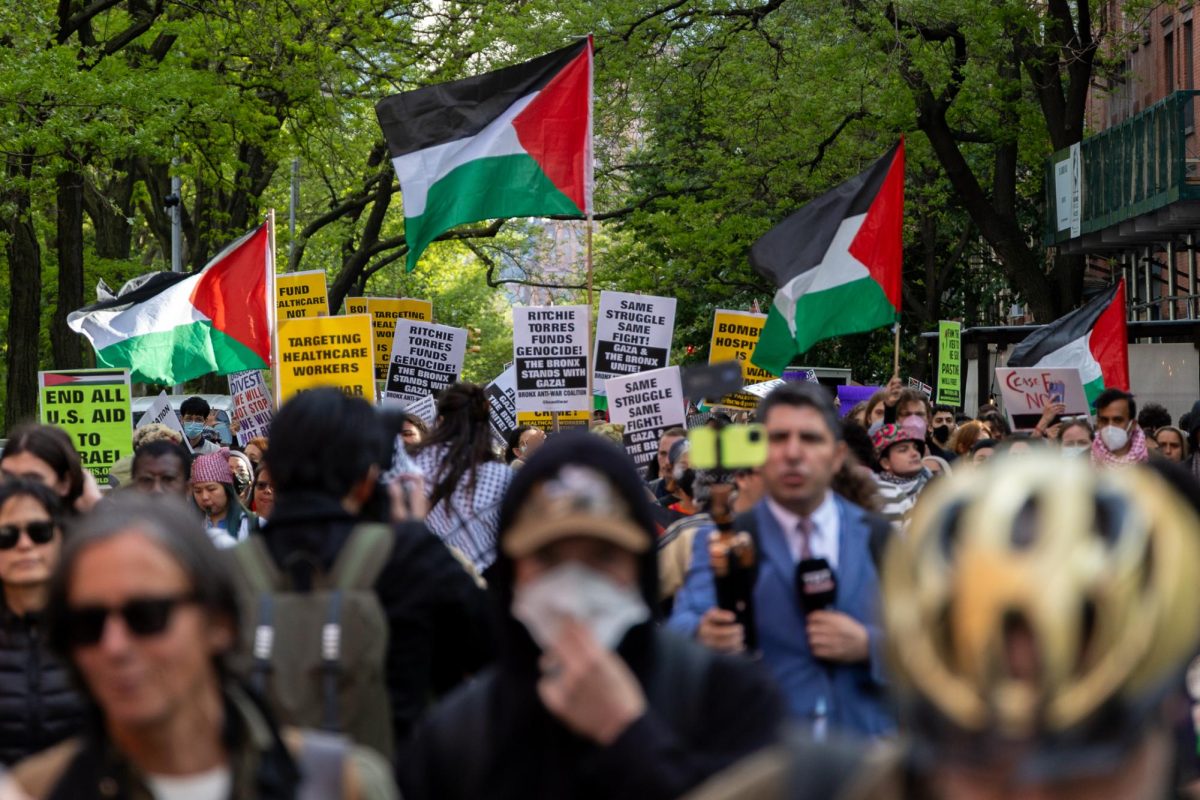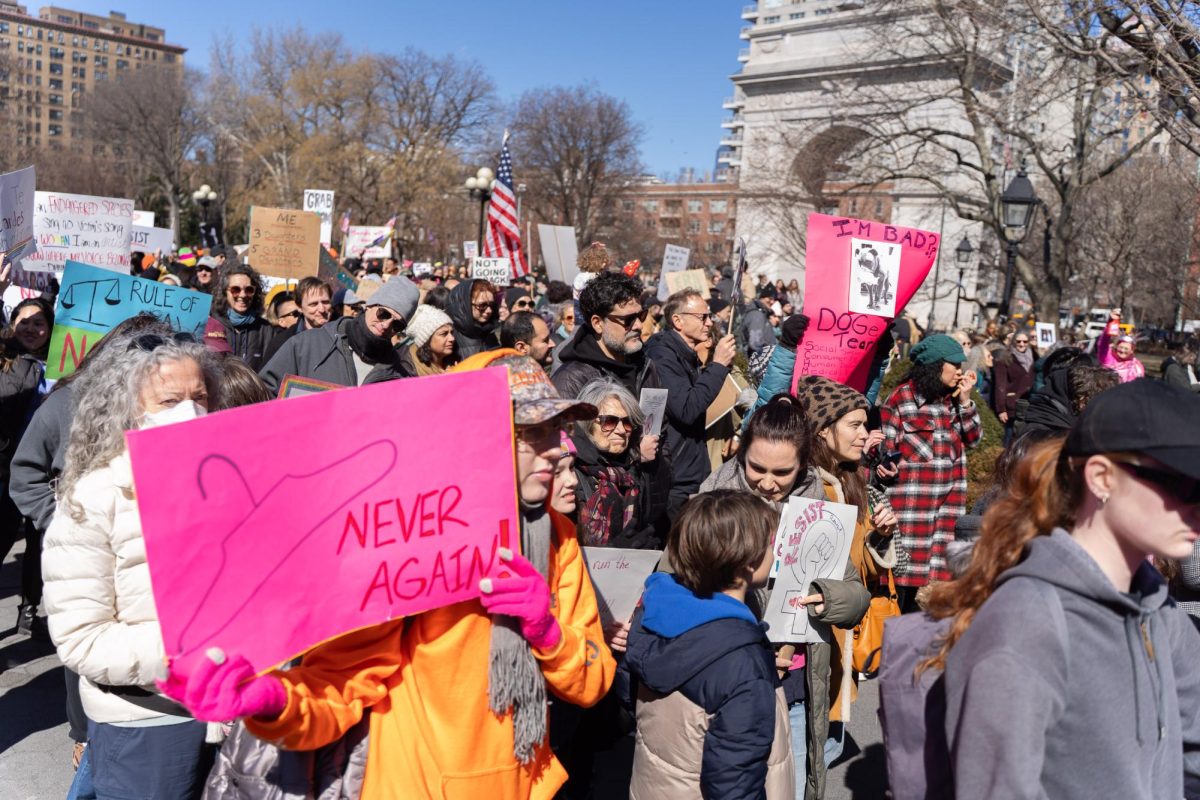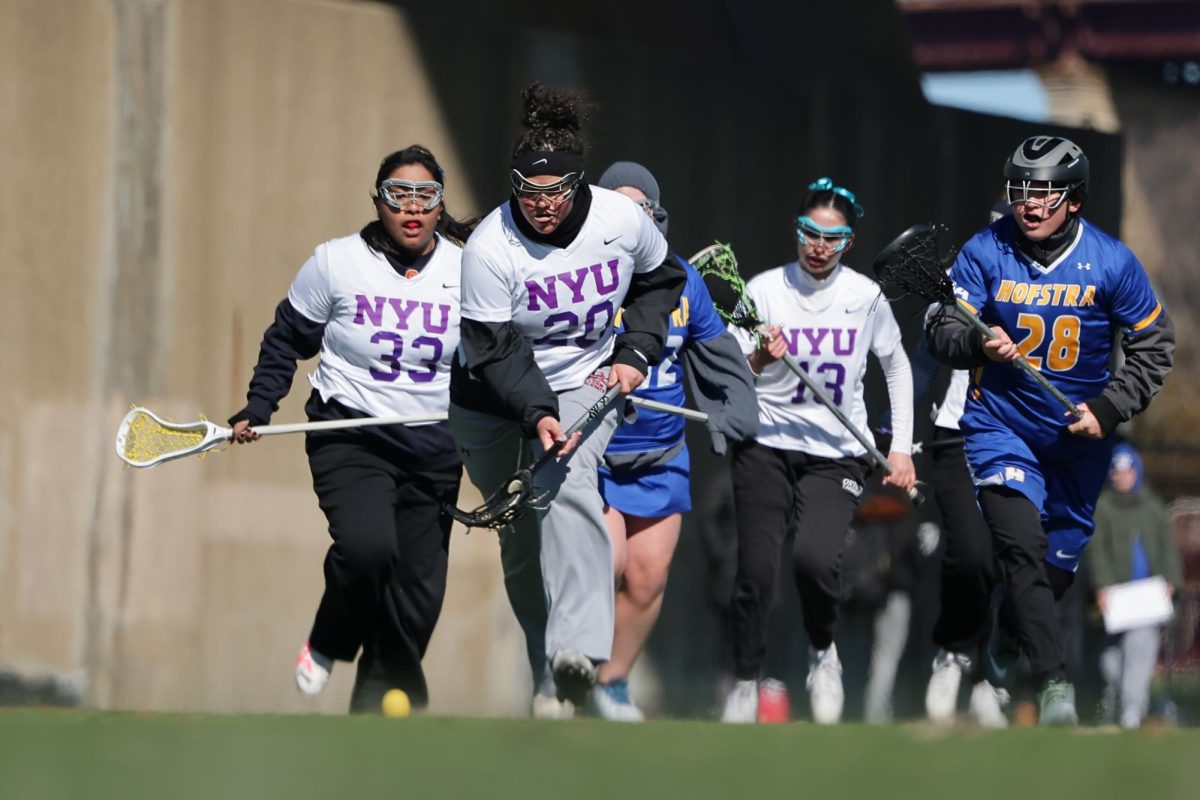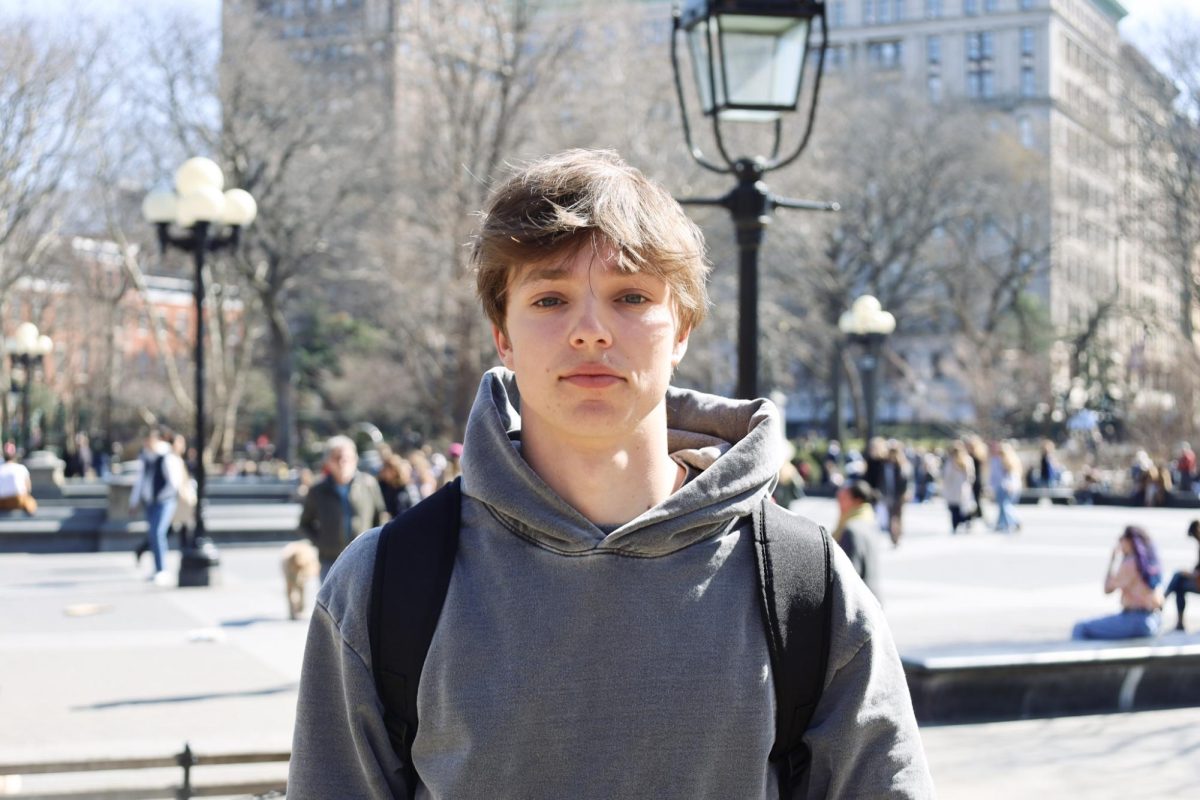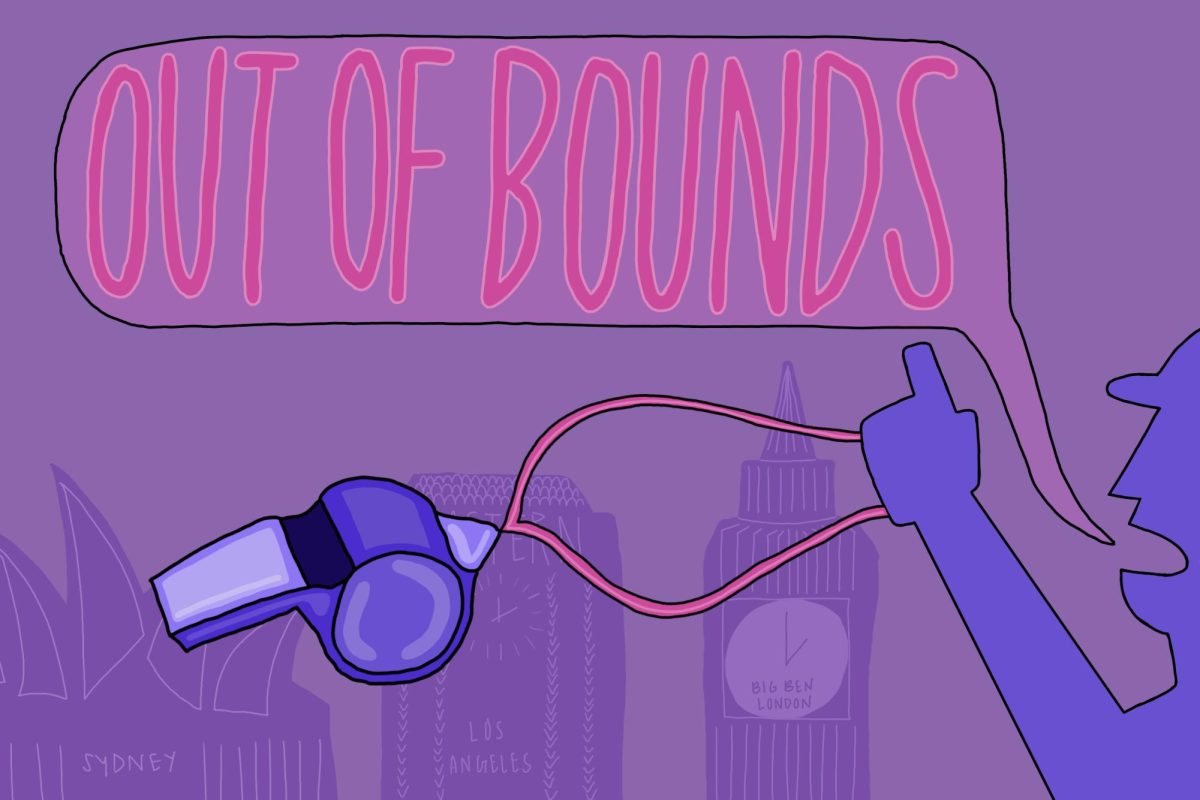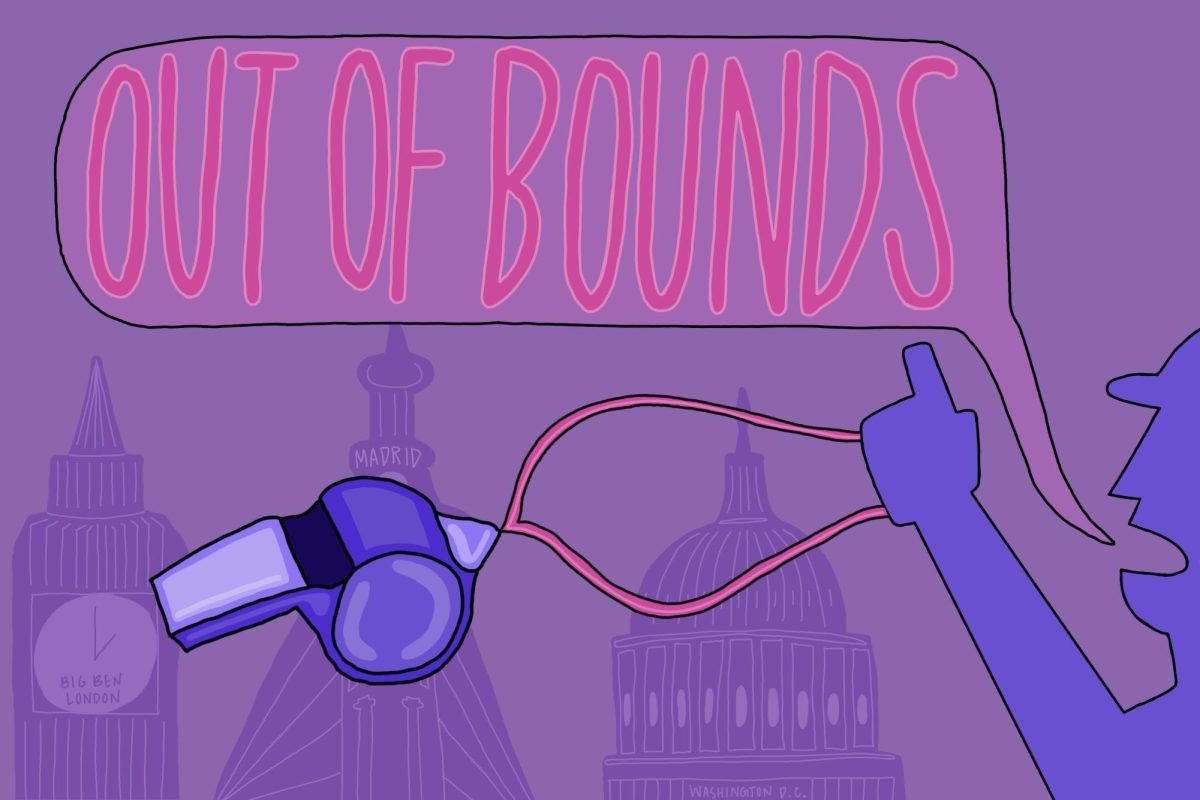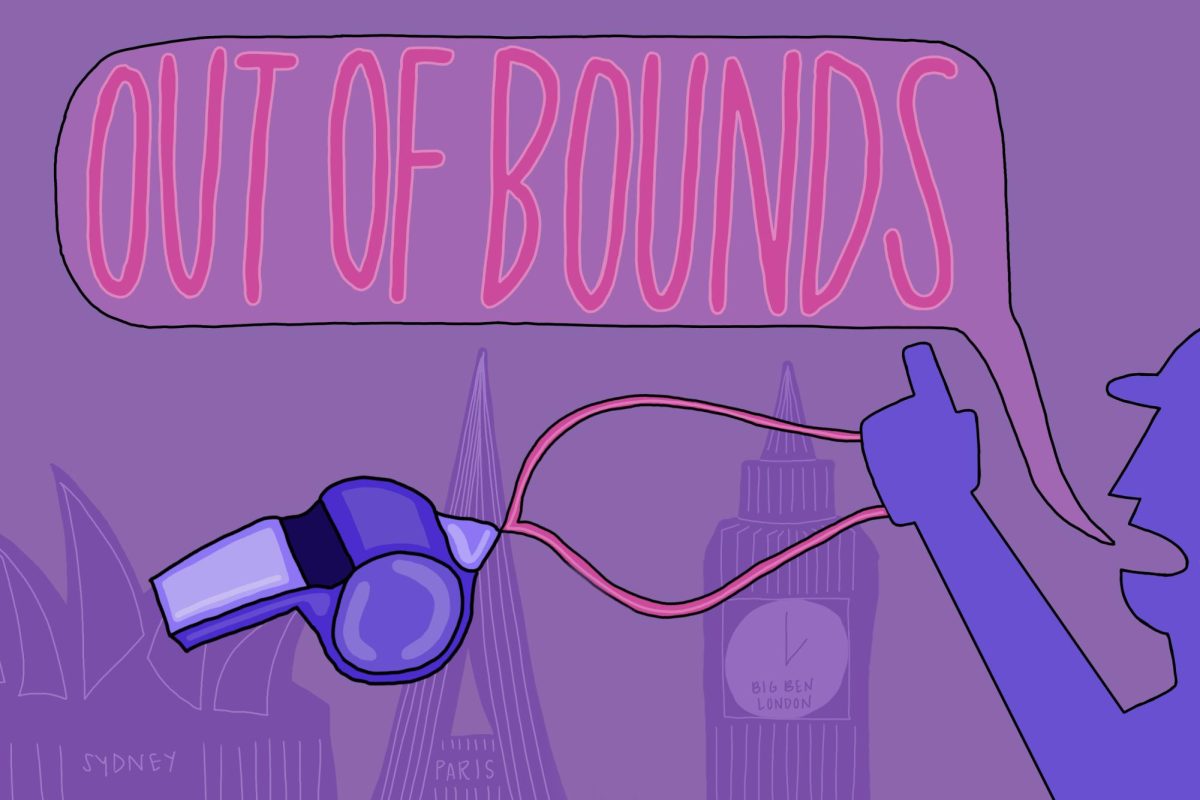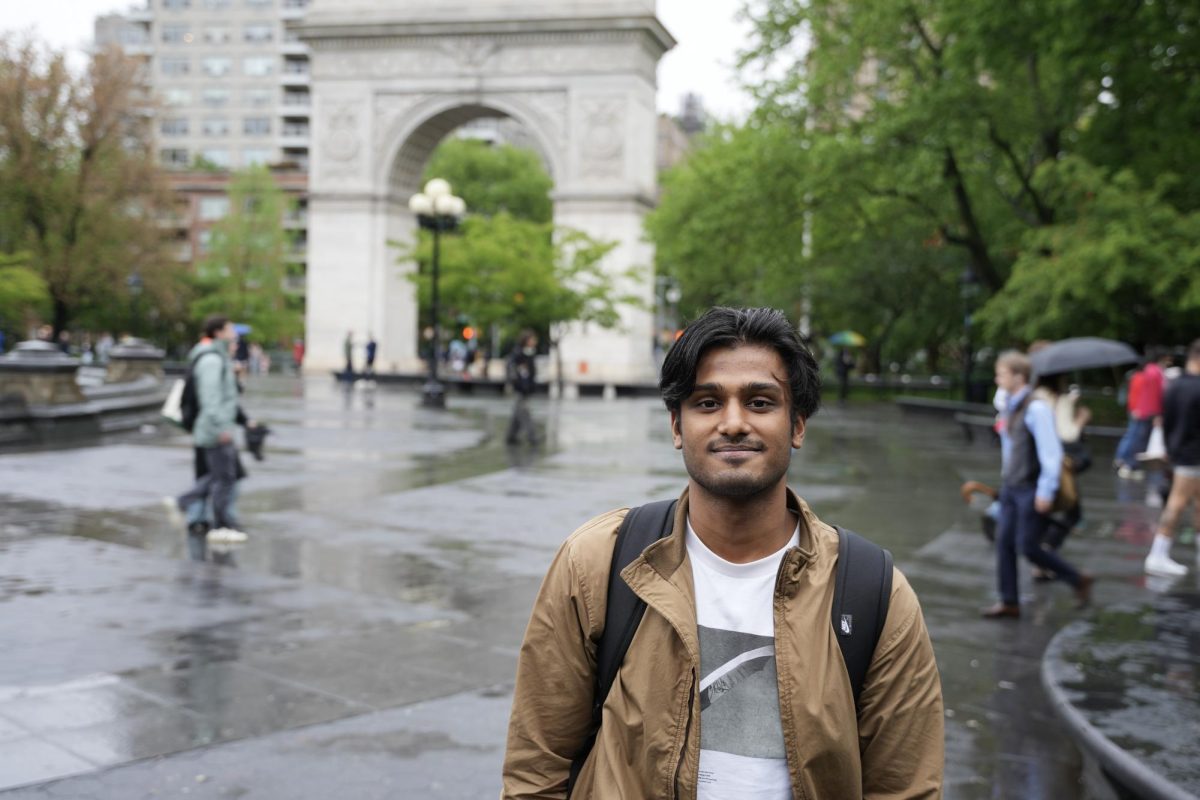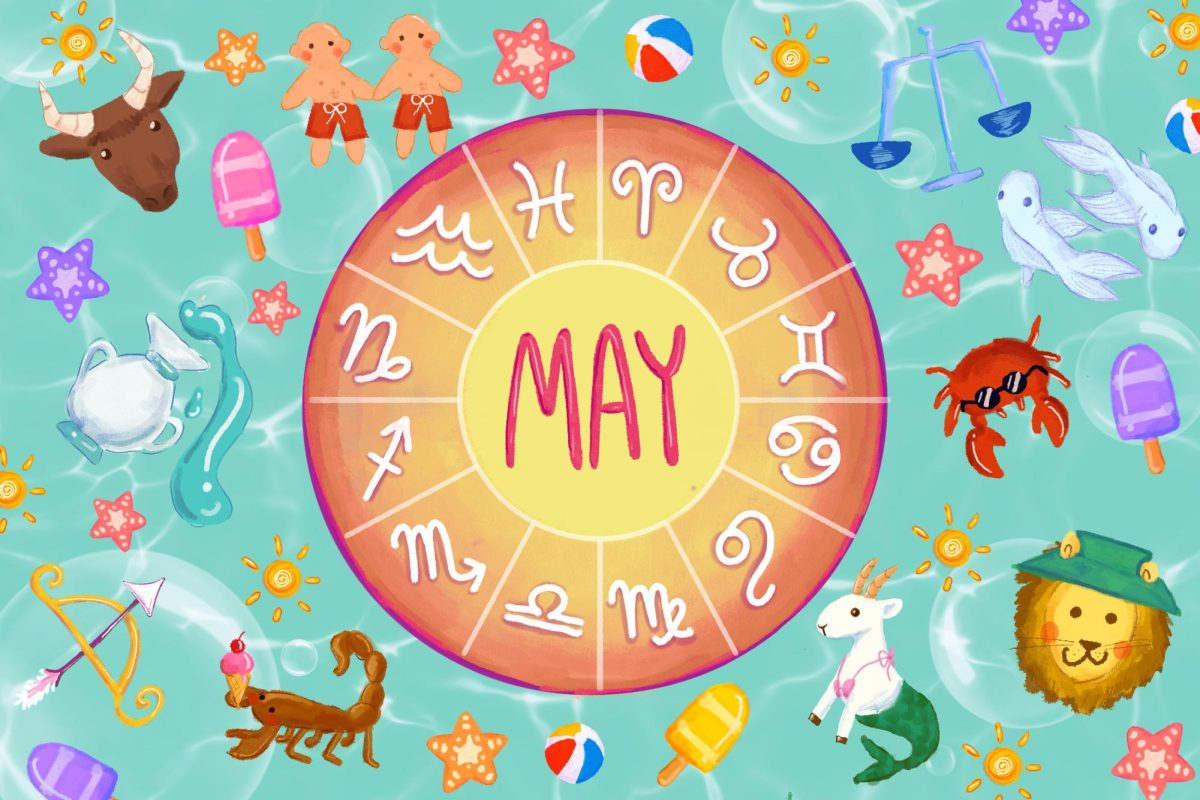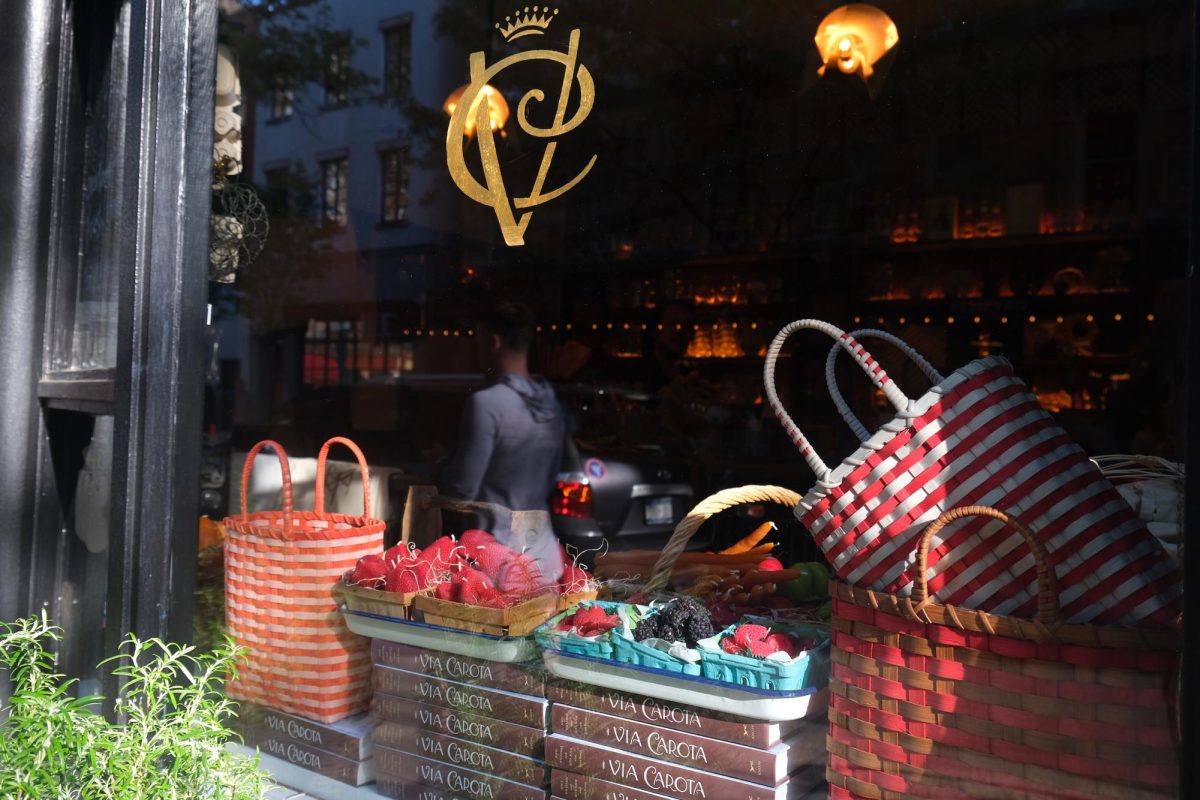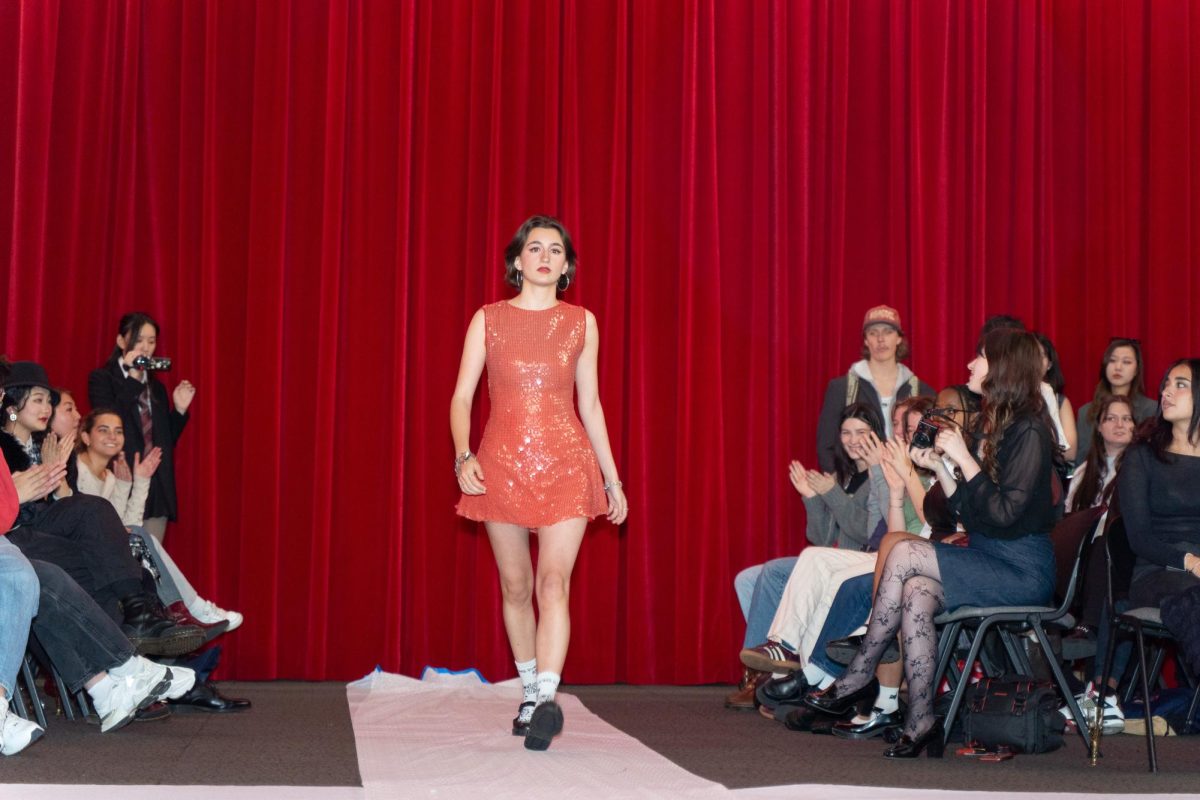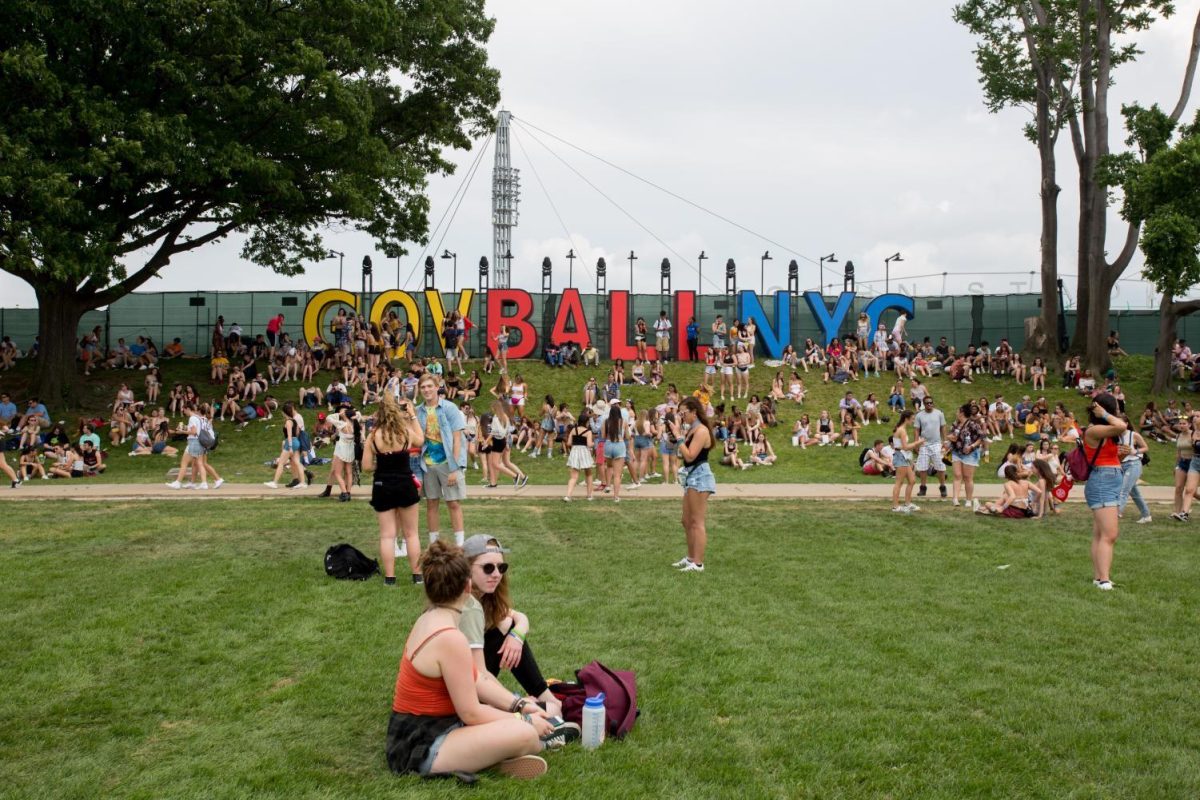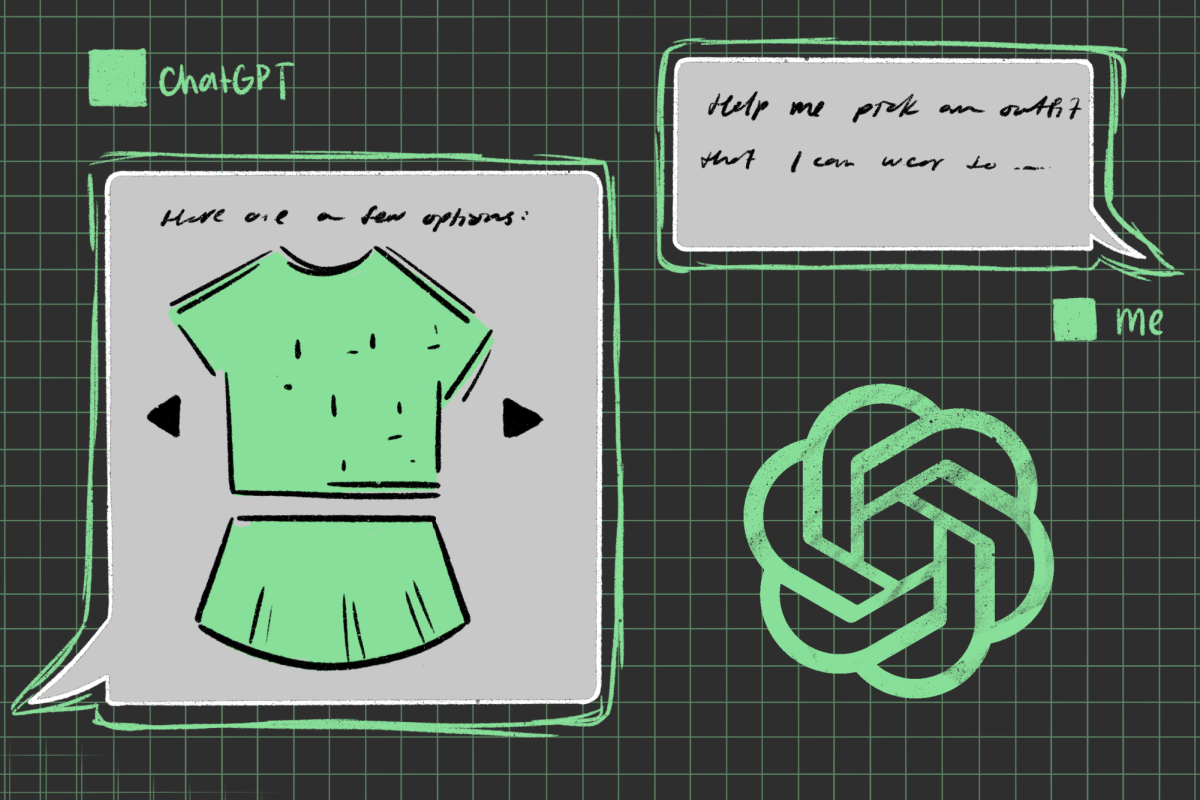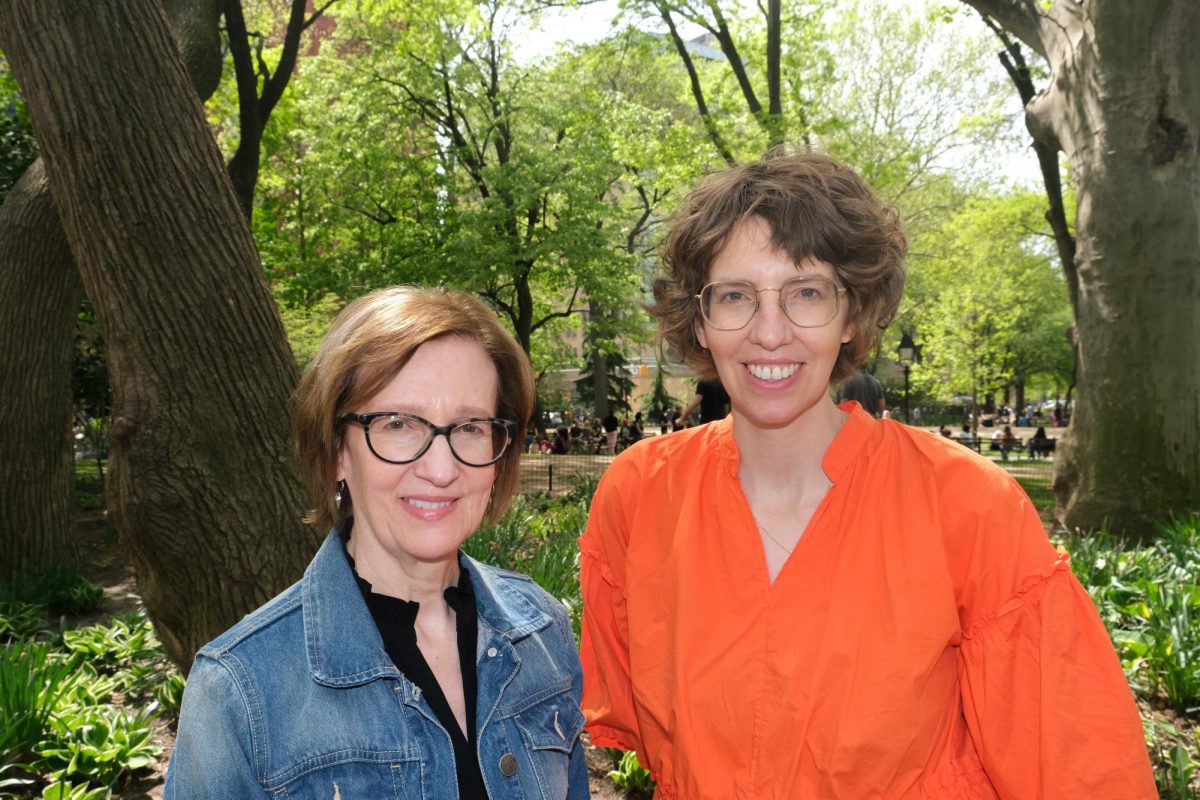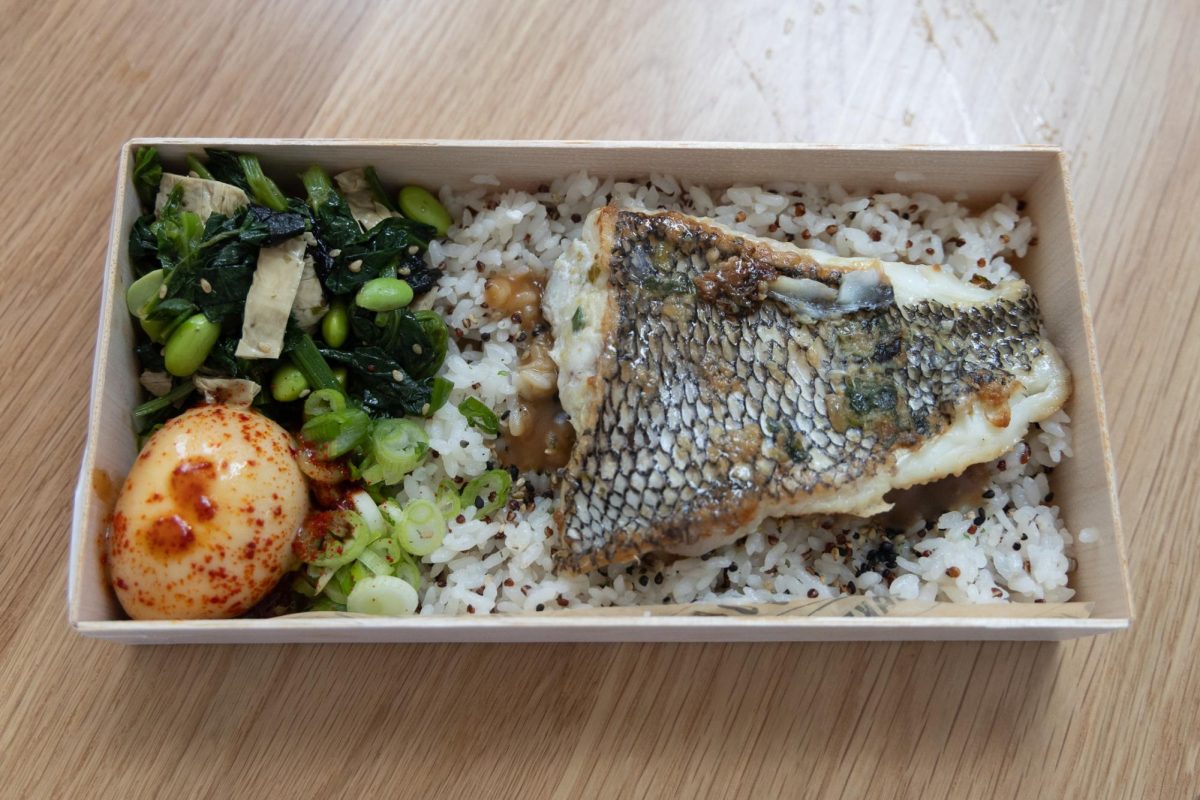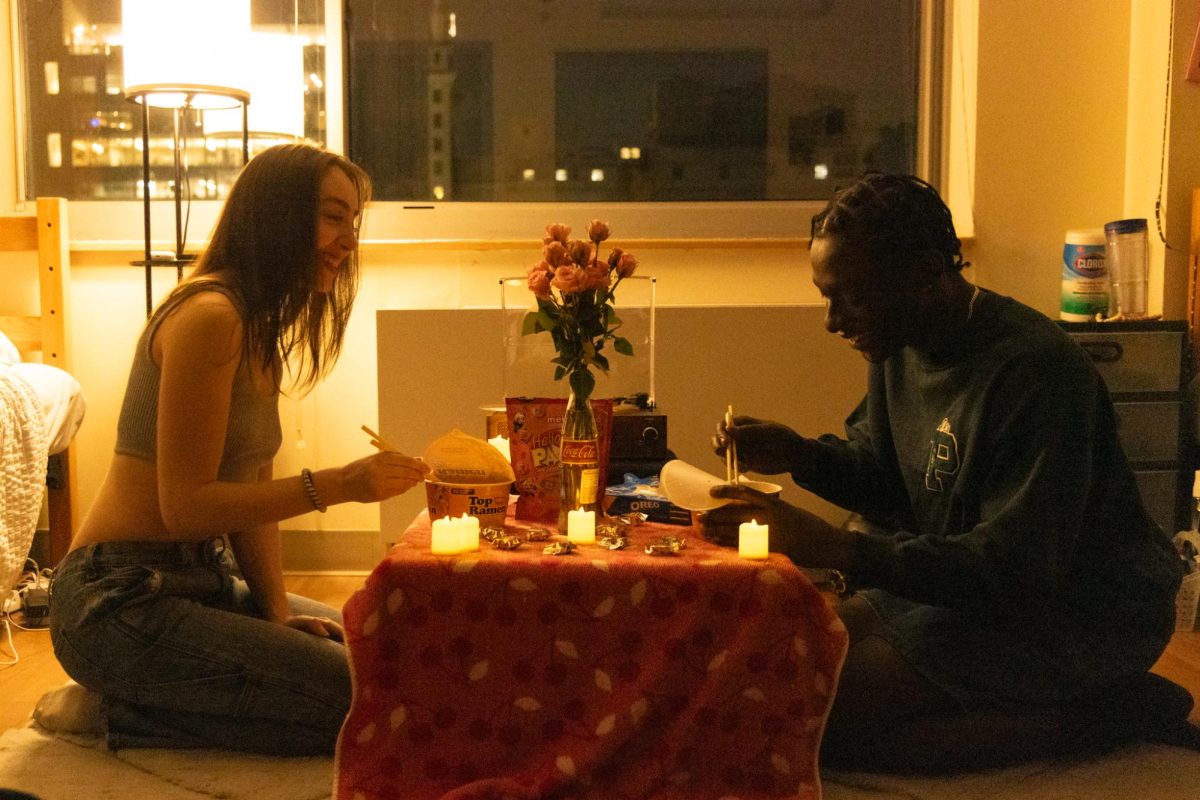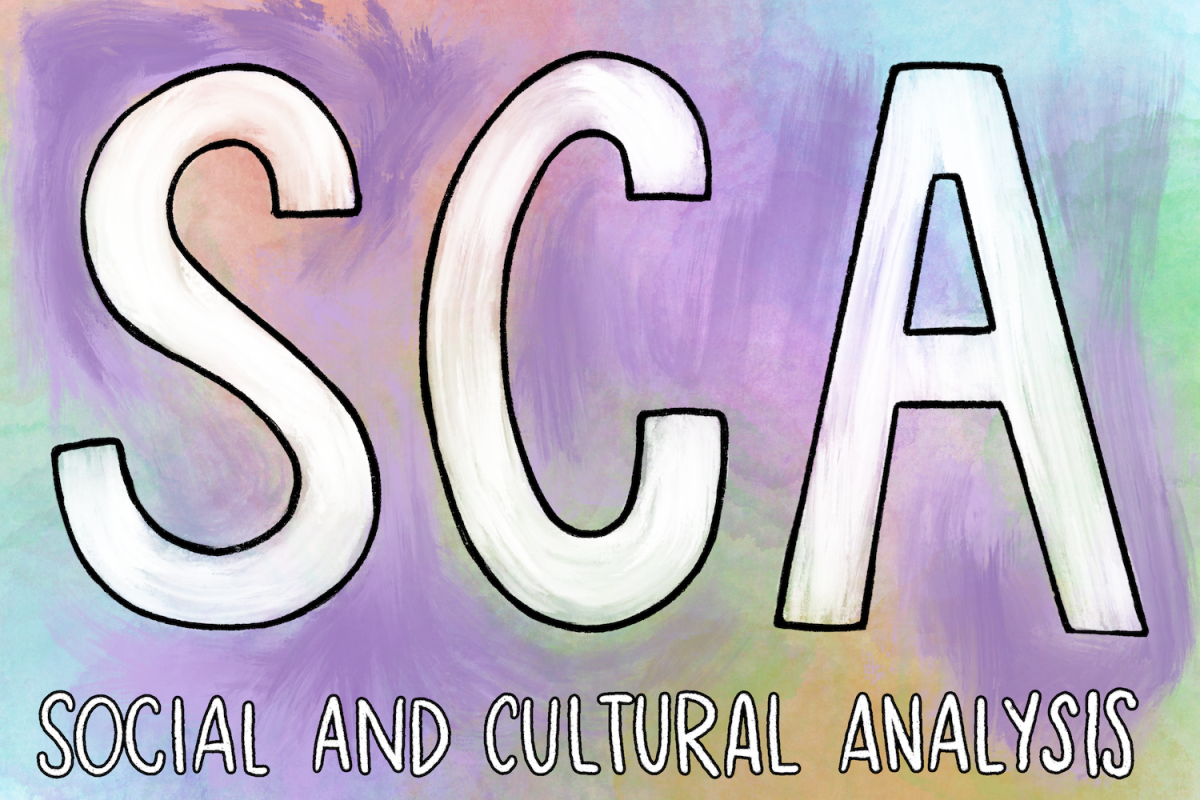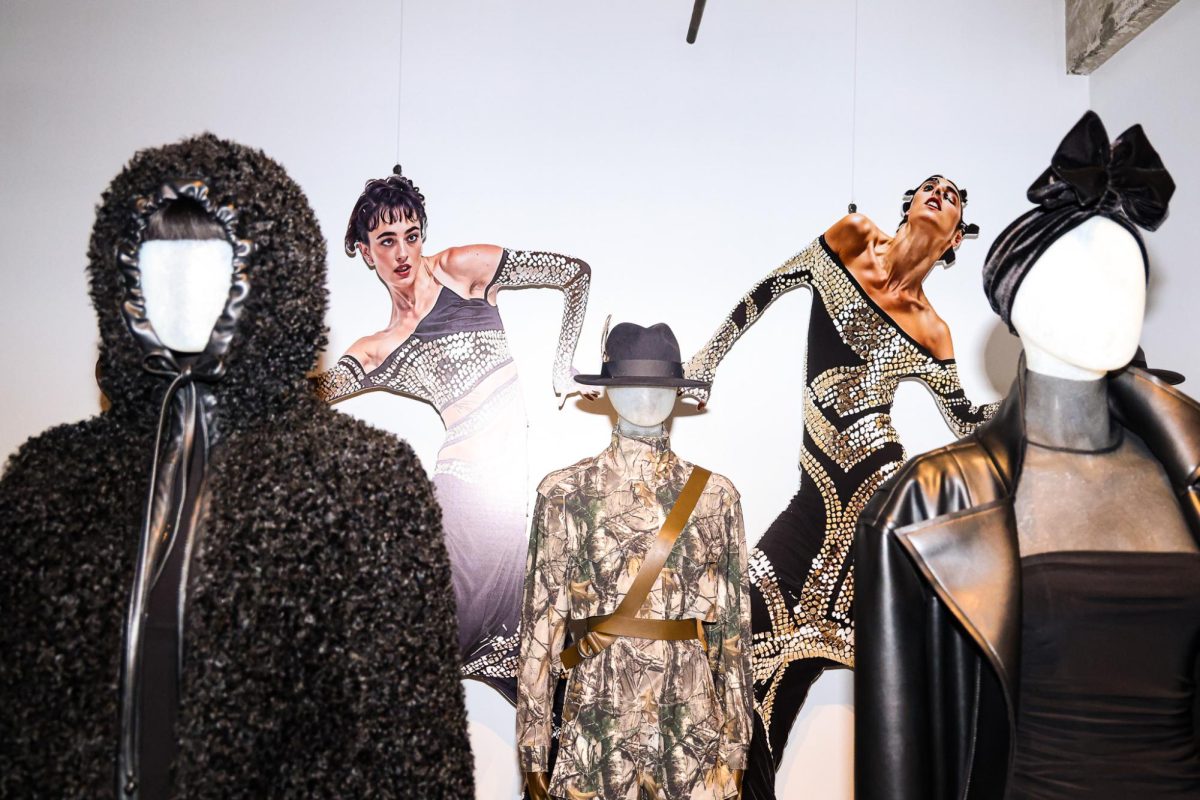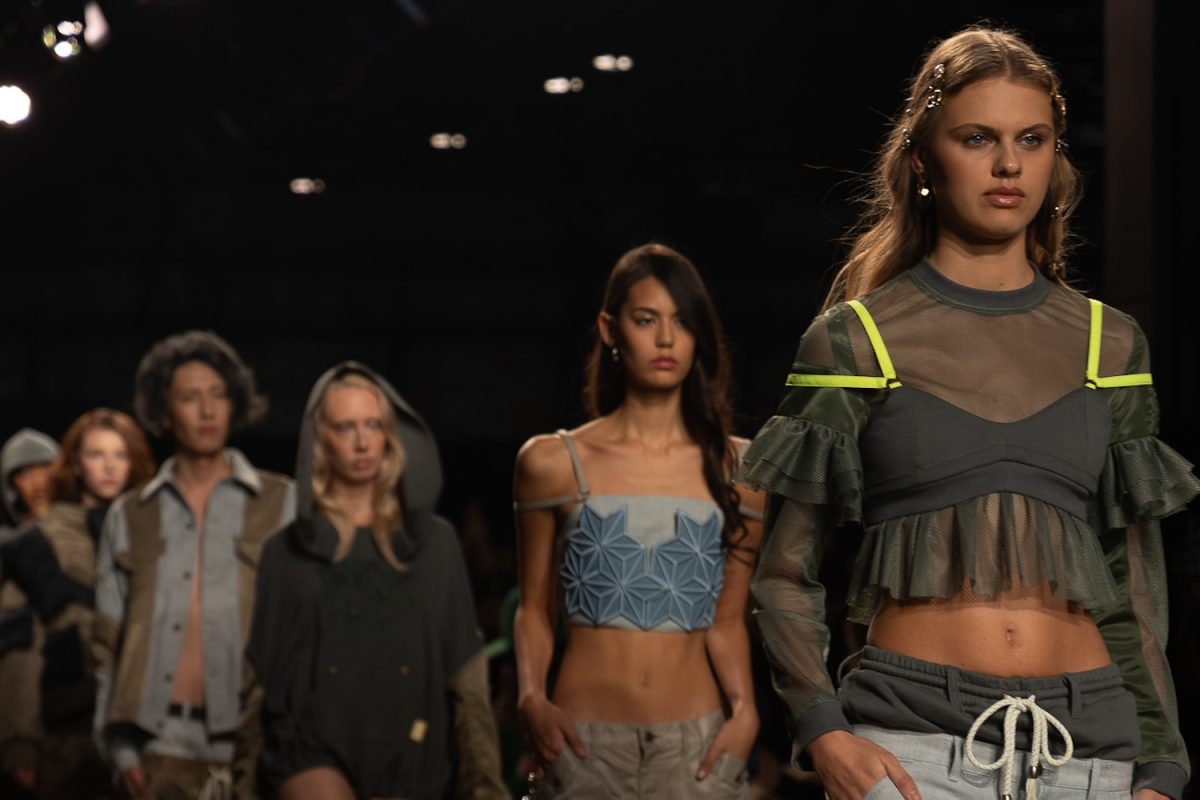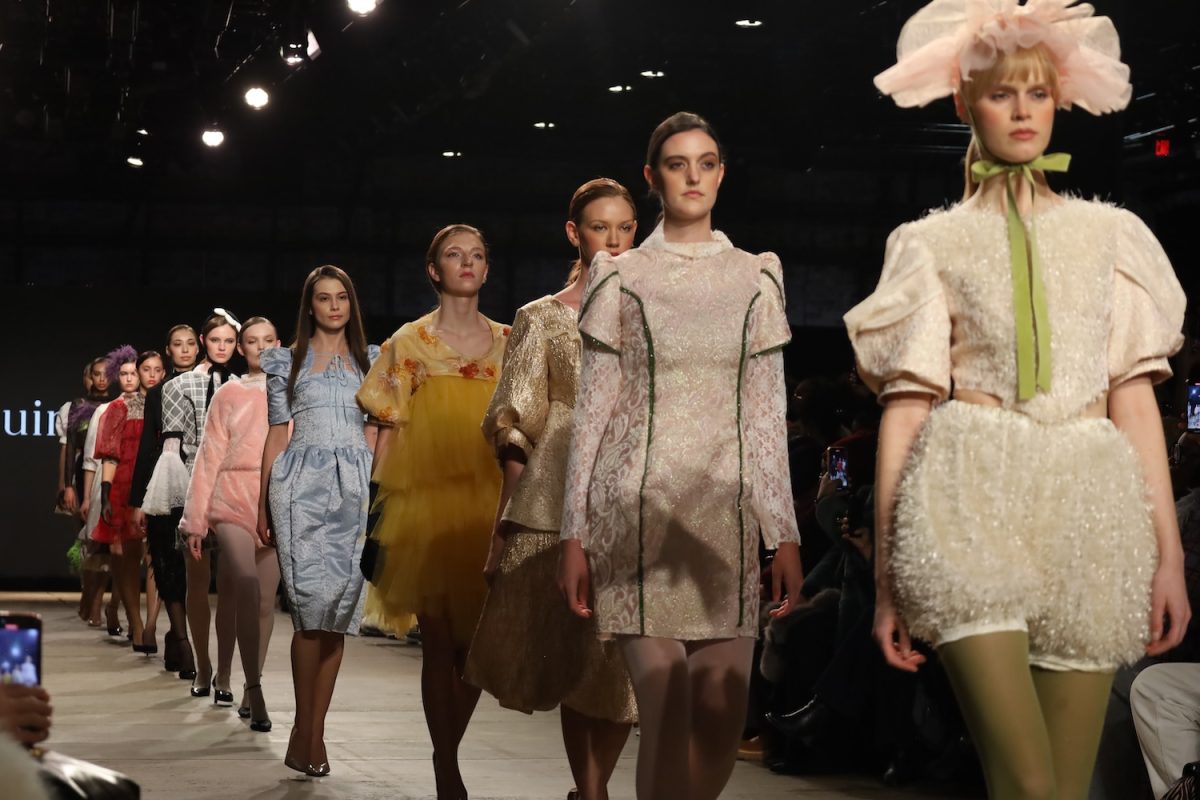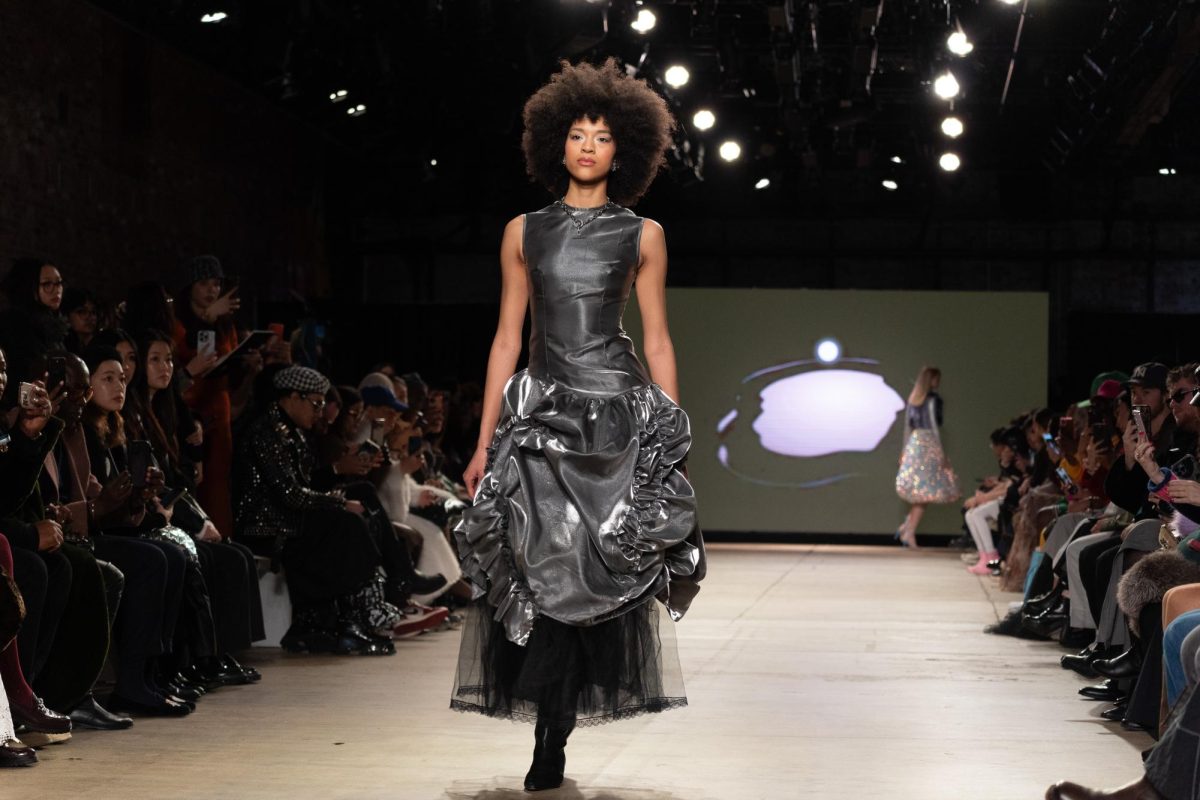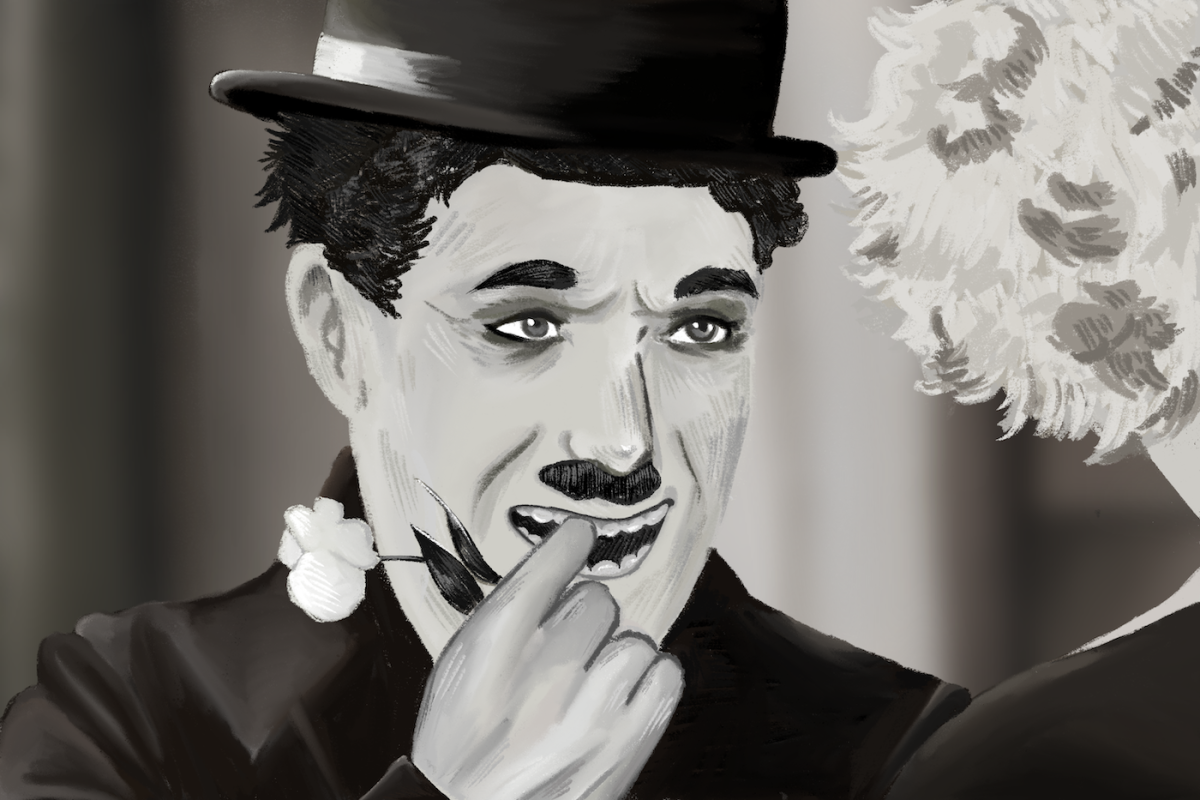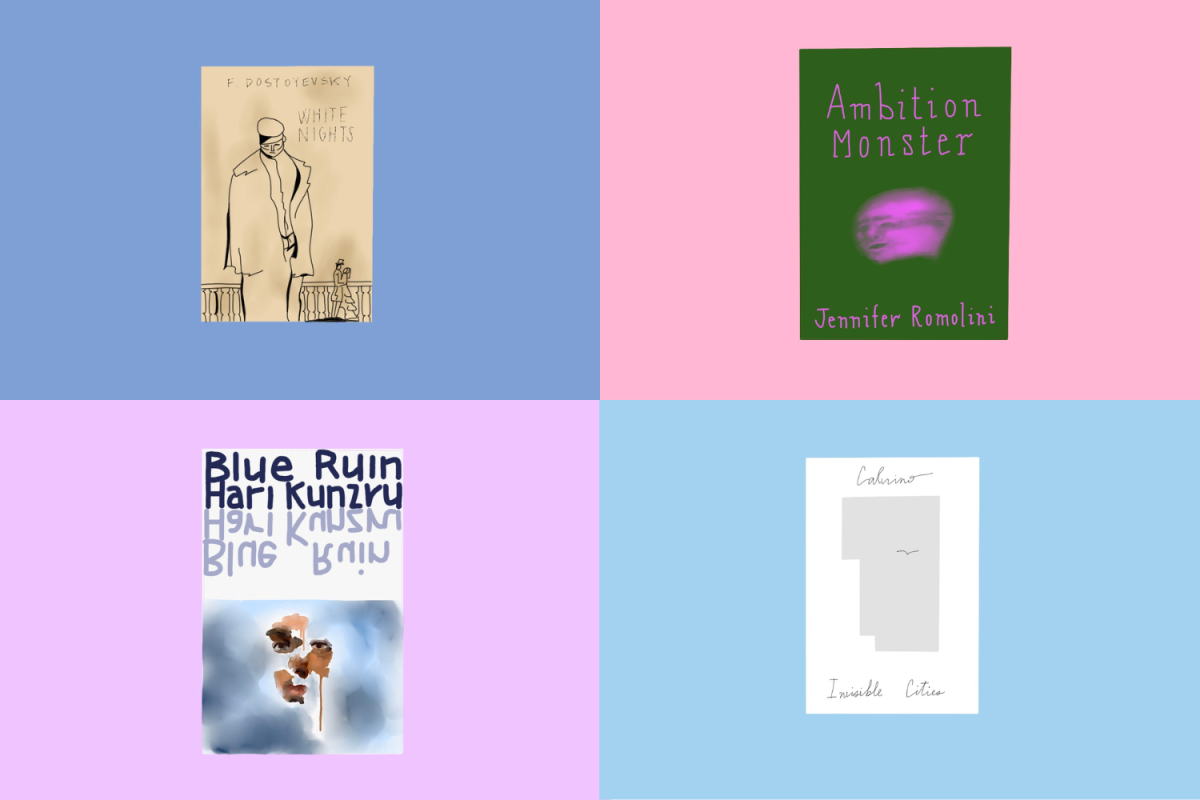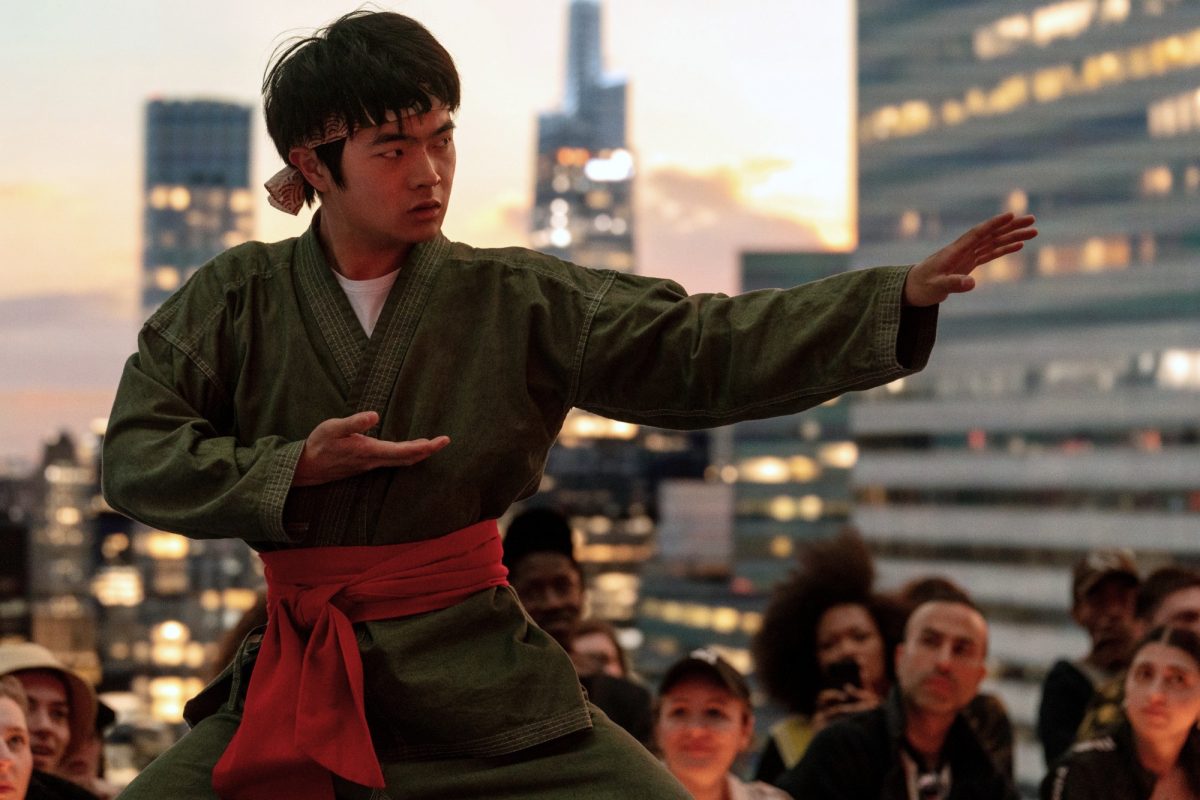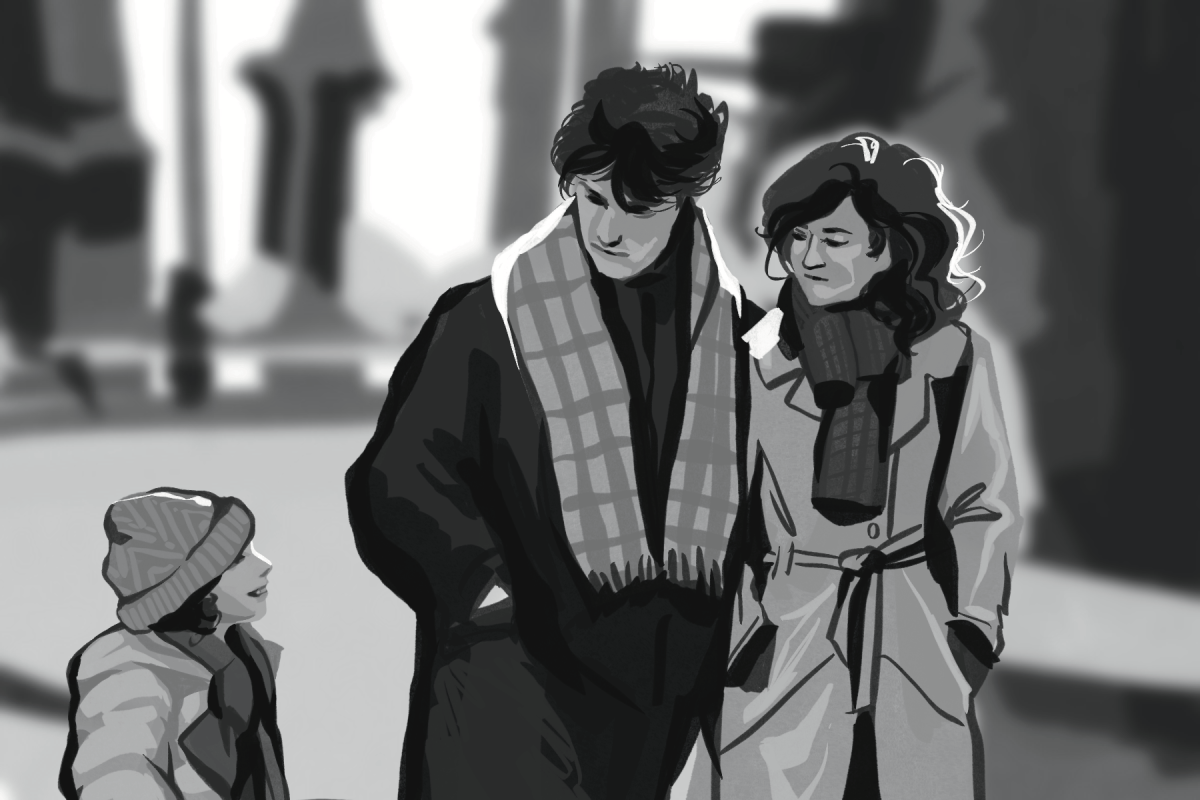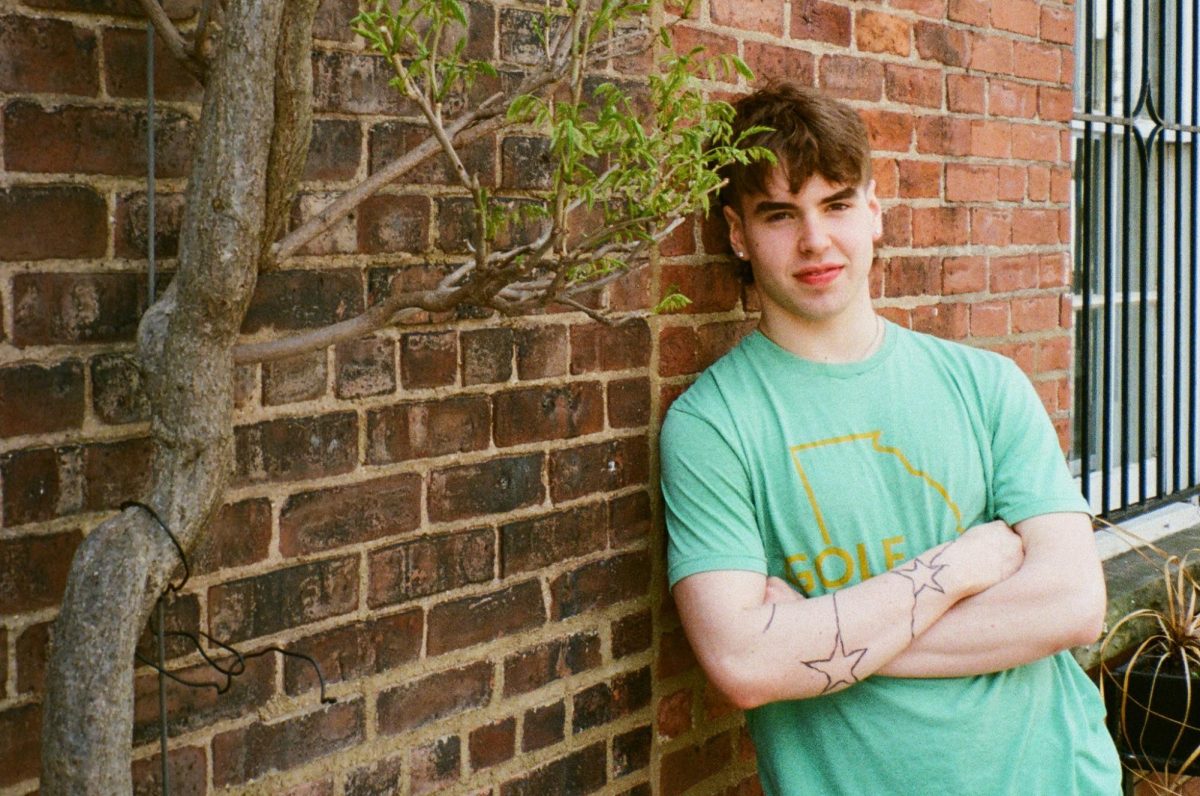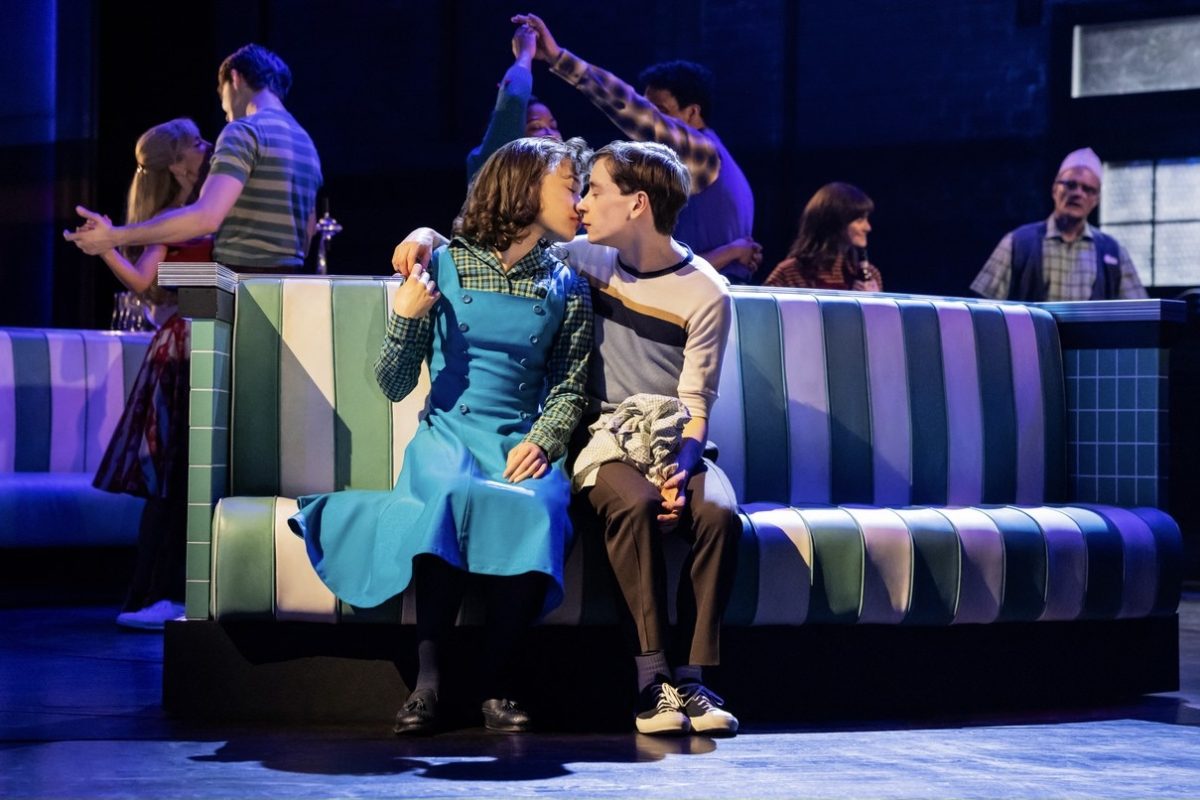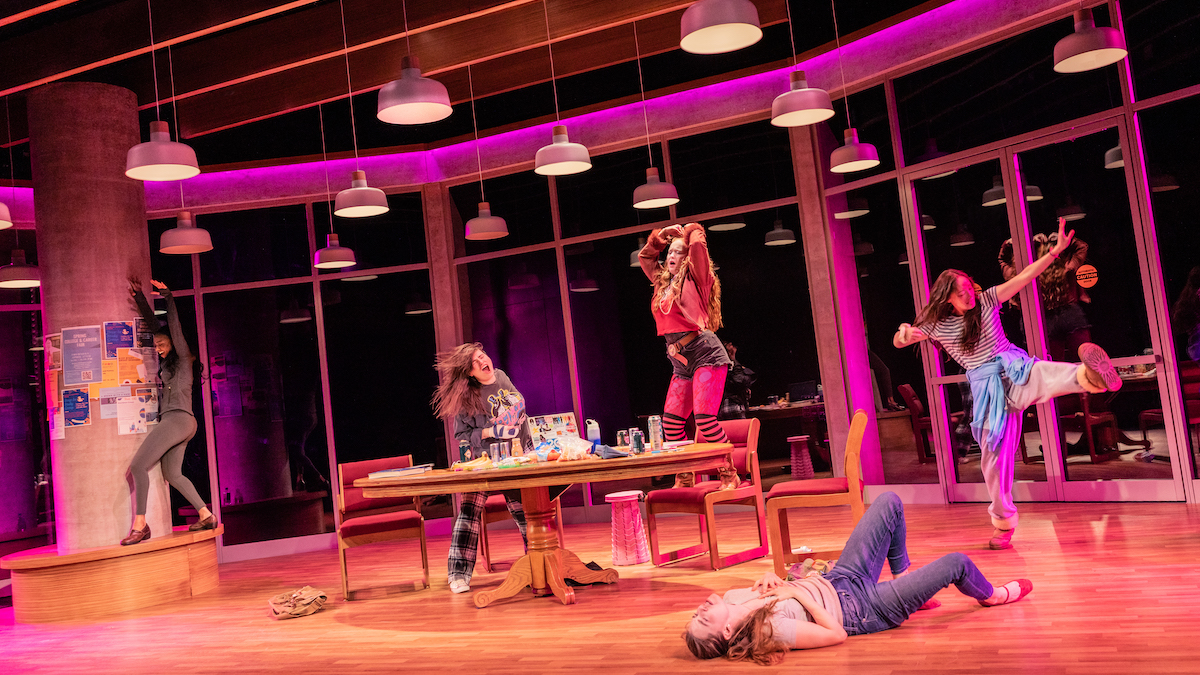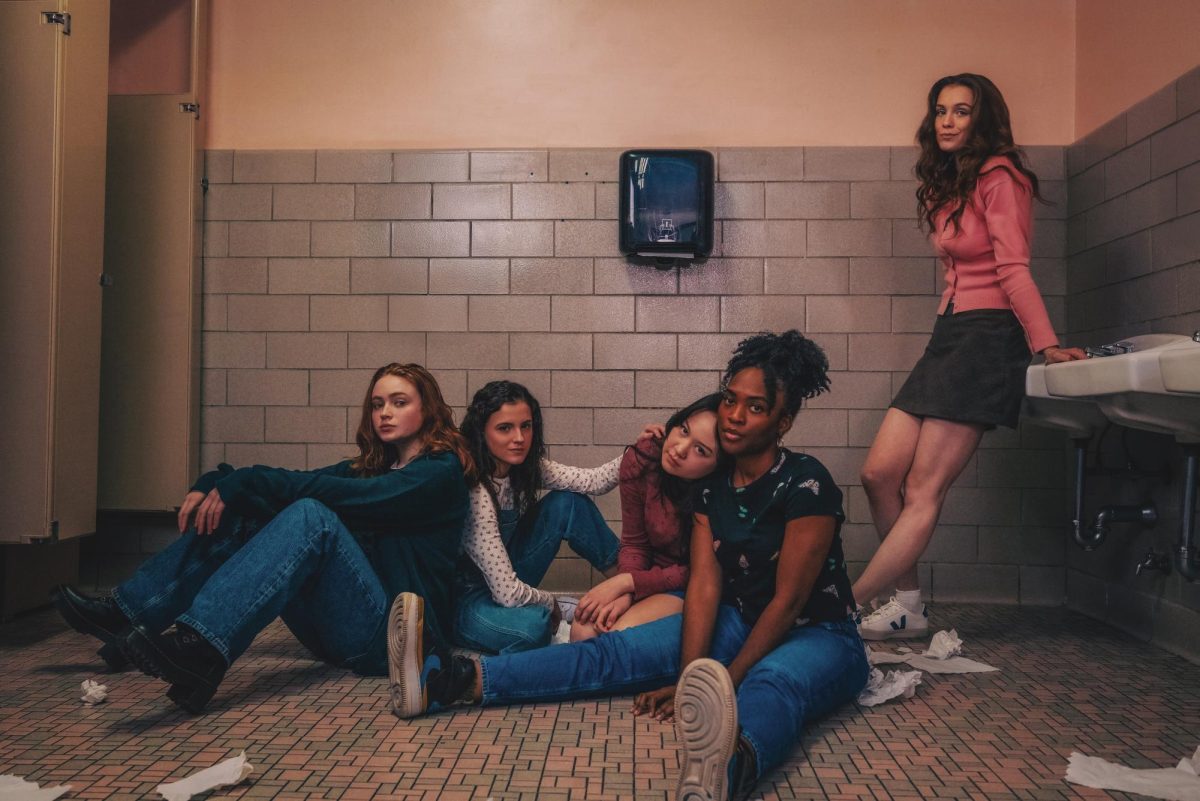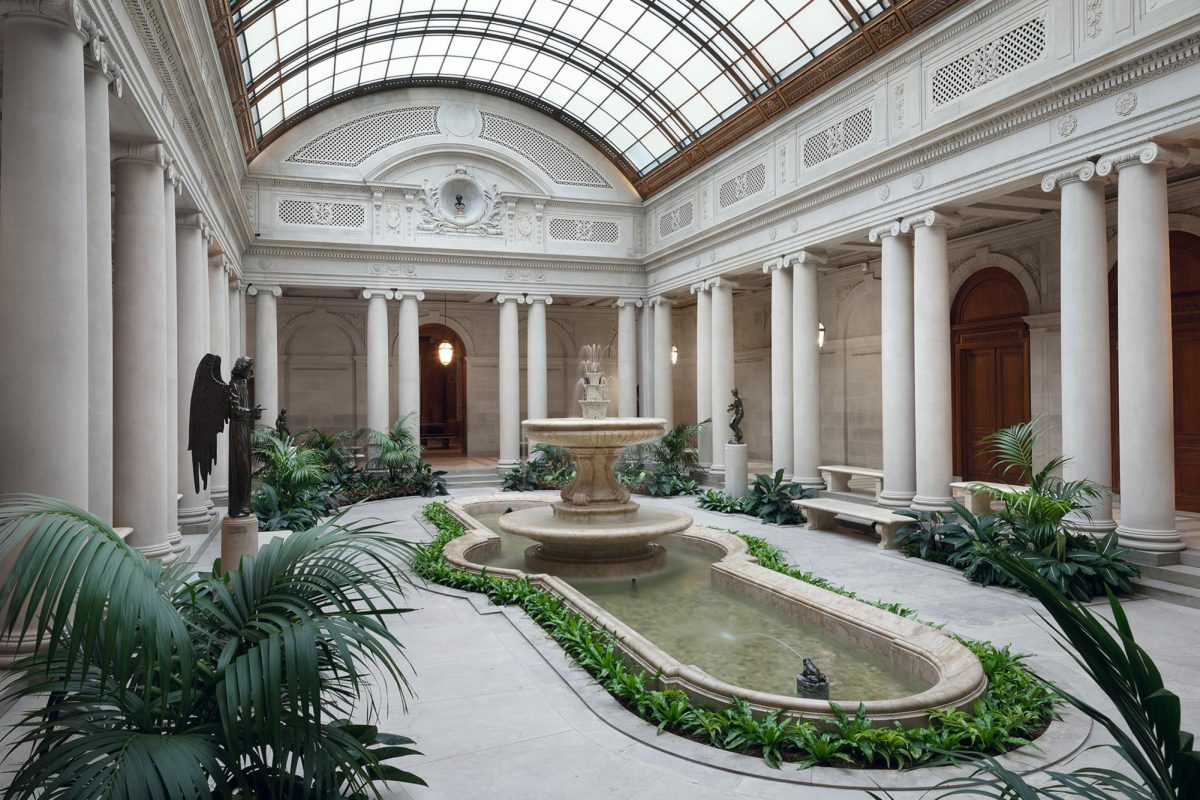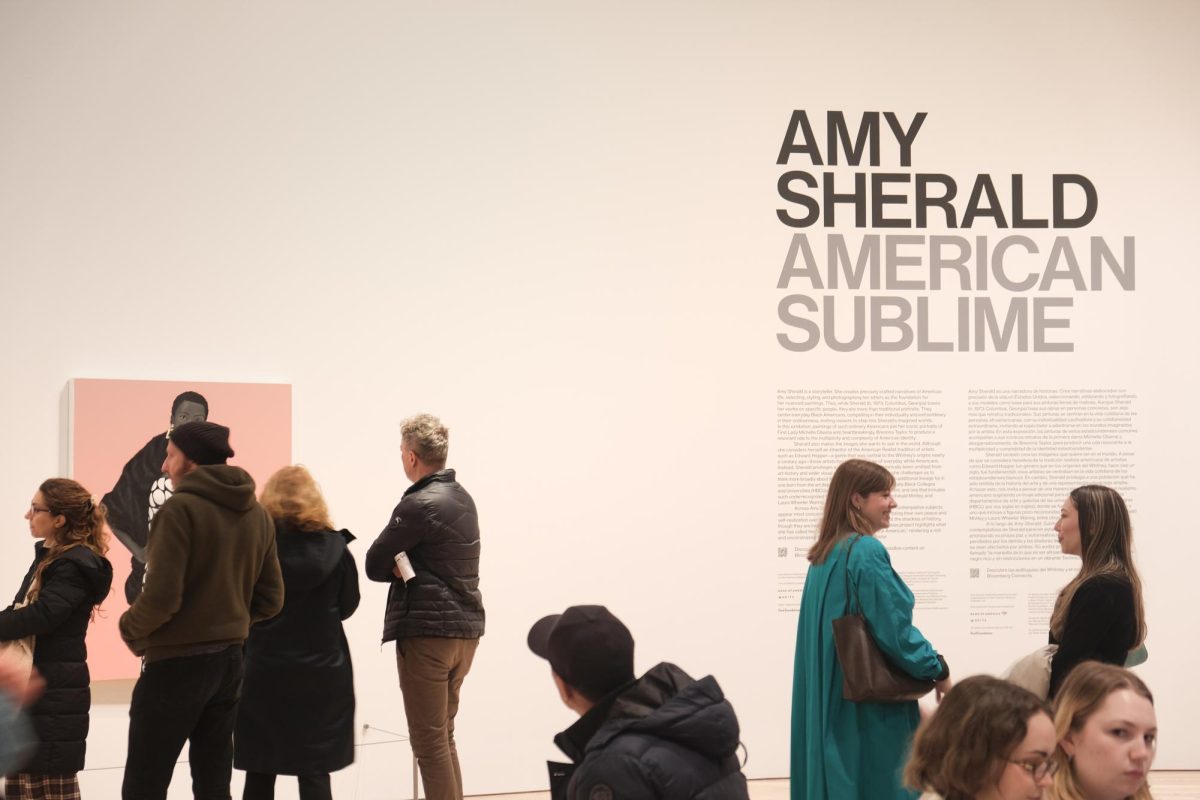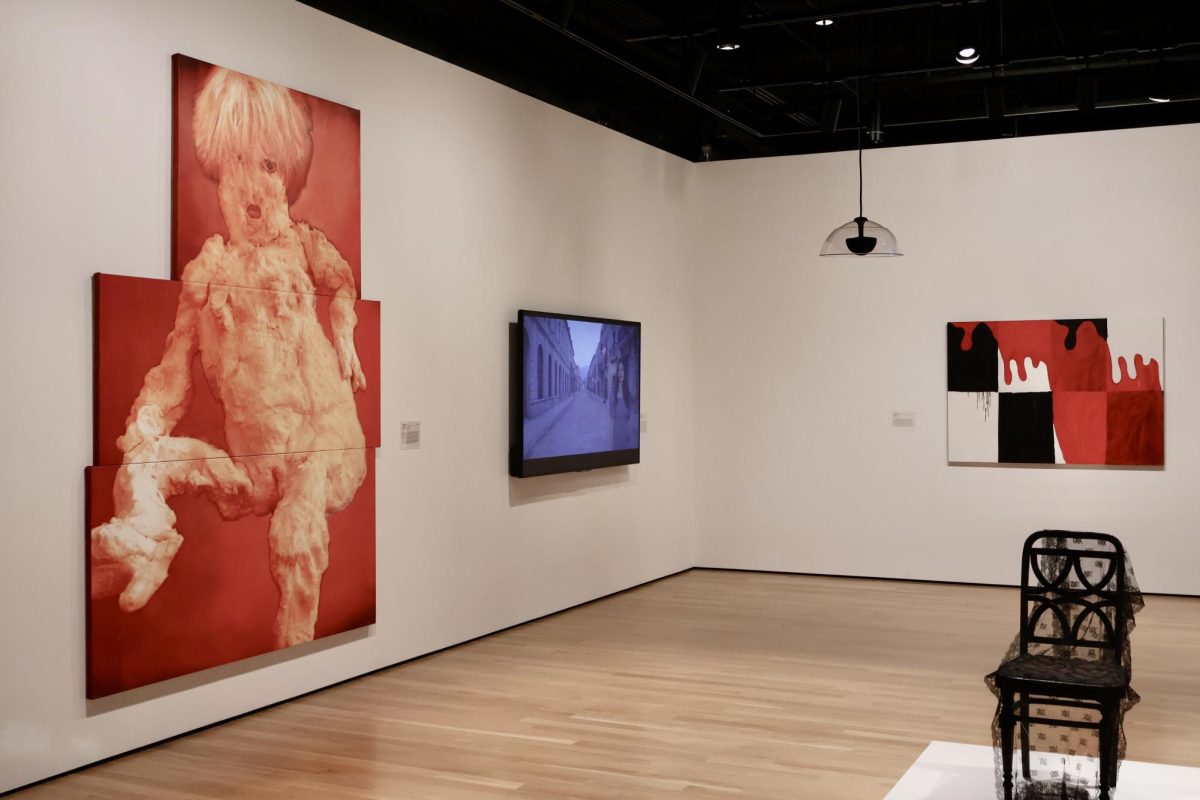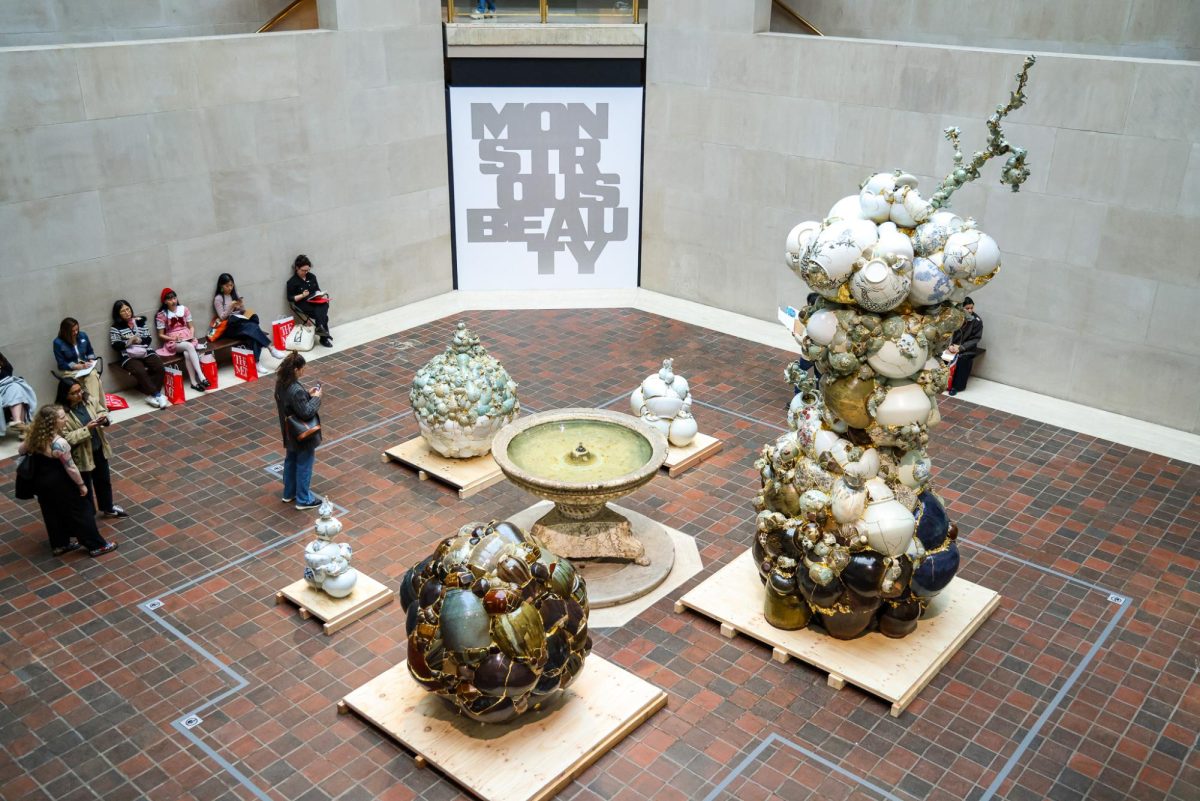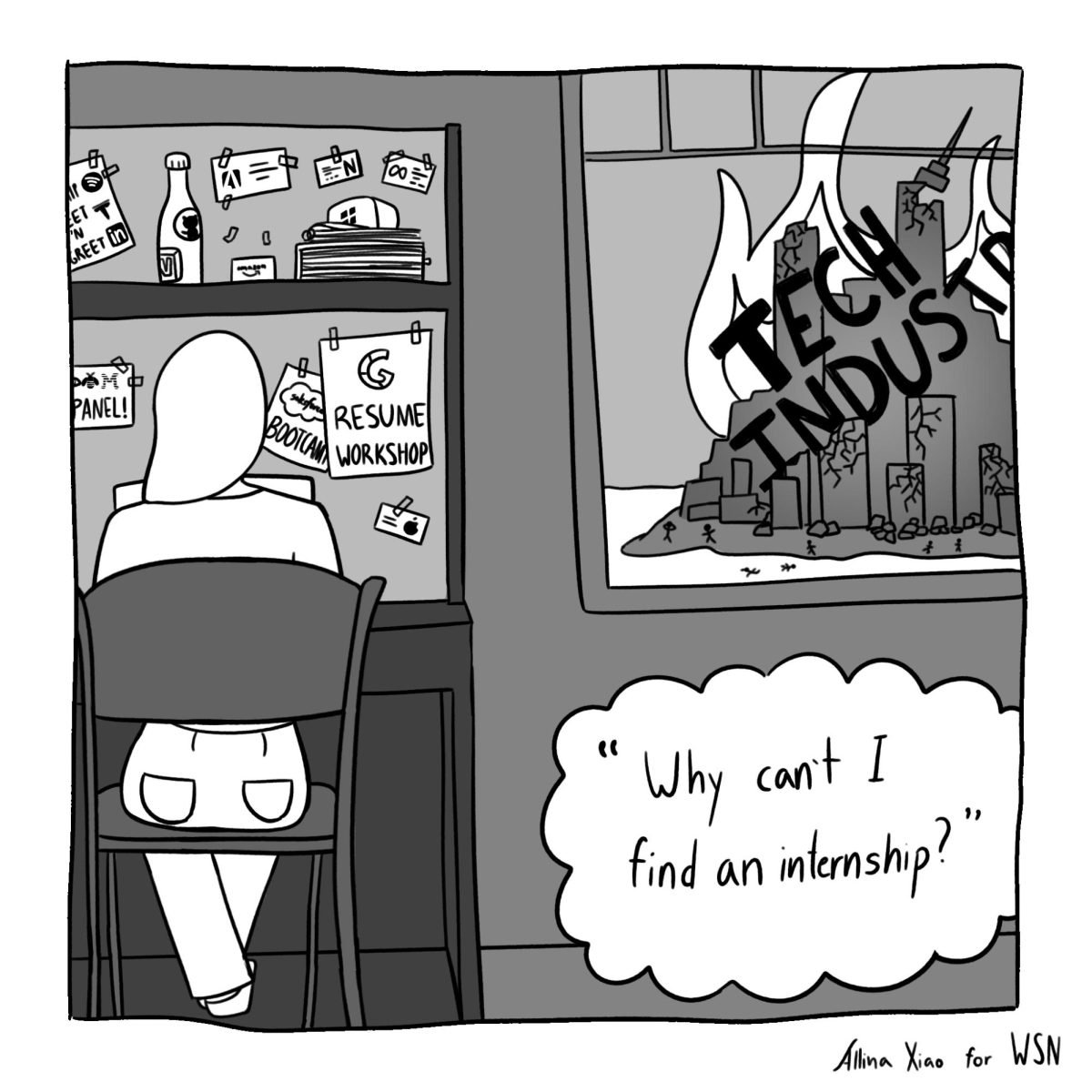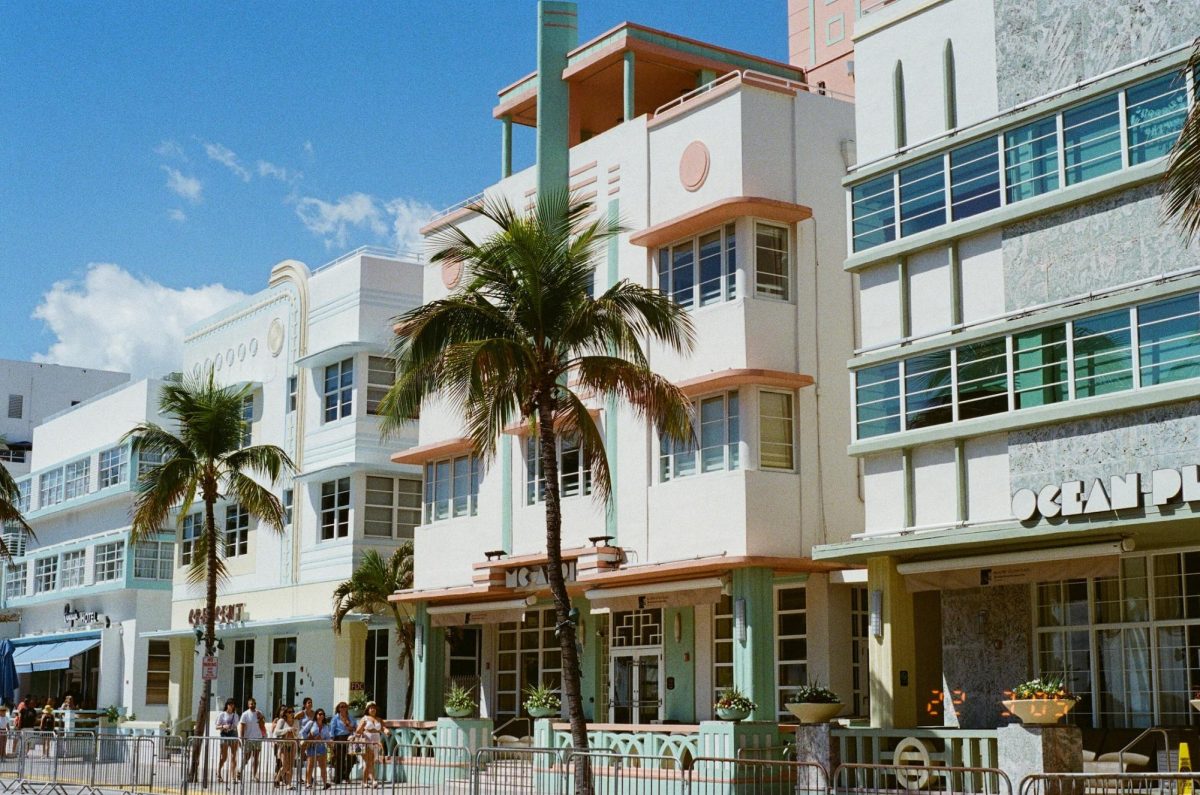Live Blog
“When you are suspended by a rope, you can recover. But every time I see a rope, I remember. If the light goes out unexpectedly in a room, I am back in my cell,” Binyam Mohamed wrote, prisoner number 1458 of the Guantanamo Bay detention center.
Mohamed’s chilling words are displayed at the Flowers Gallery in Chelsea, where his plight and those of many other former Guantanamo Bay detainees are the focus of the latest exhibition. Created by photographer Edmund Clark, “Guantanamo: If the Light Goes Out” is a collection of photographs depicting the notorious prison camps of the naval base in Cuba as well as the homes and lives of the people who were imprisoned in what Clark described as a “microcosm of America,” where Cuban law is sovereign, and prisoners habeas corpus does not apply.
“Are [the detainees] guilty of anything? I don’t know,” Clark said. “But the British innocents who were released from the camp created a contrast between the houses I knew and the dehumanizing Guantanamo Bay.”
Clark also photographed life in prison for his last photo collection, the award-winning “Still Life Killing Time” in 2007, but “Guantanamo” is the first time he was able to travel to and photograph a place so infamous for its interrogation techniques.
Many of the images demonstrate the difficult lives of those in the prison camp, even if people are not actually visible. Photographs of isolation cells, razor-wire fences and chairs with heavy straps to restrain prisoners fill the gallery, while more subtle images of dinner tables and bedrooms are also present, signifying the humanity of the prison camp detainees, most of whom are from Afghanistan and Yemen. Also on display are censored and redacted letters from a prisoner named Omar Deghayes, who eventually became so paranoid that he worried guards were giving him fake letters.
“Clark’s quiet and restrained style melds documentary and fine art imagery,” according to a New York Art Beats press release. “His photographs are absent of people, speaking to the identities that have been stripped away … At Guantanamo he had to switch from his 5 by 4 inch film camera to medium-format digital equipment, so that his photographs could be censored by security personnel at the end of each day.”
A video at the exhibition, narrated by a detainee as he describes the unsettling and spontaneous punishments he faced, complements Clark’s photographs. The narrator in the video speaks over continuous background music. According to Clark, music was often used for sleep deprivation at Guantanamo.
“The guys on the ground picked their favorite tracks, like the Sesame Street theme, this song from a cat food advertisement, mostly thrash metal,” Clark said. The same music would play loudly for hours on end, and this endless repetition and sense of disorientation is felt in the video.
Clark’s stark, sometimes frightening photographs will be on display through Jan. 12, 2013 at the Flowers Gallery, 529 W. 20th St.
Jonathan Keshishoglou is a staff writer. Email him at [email protected].


